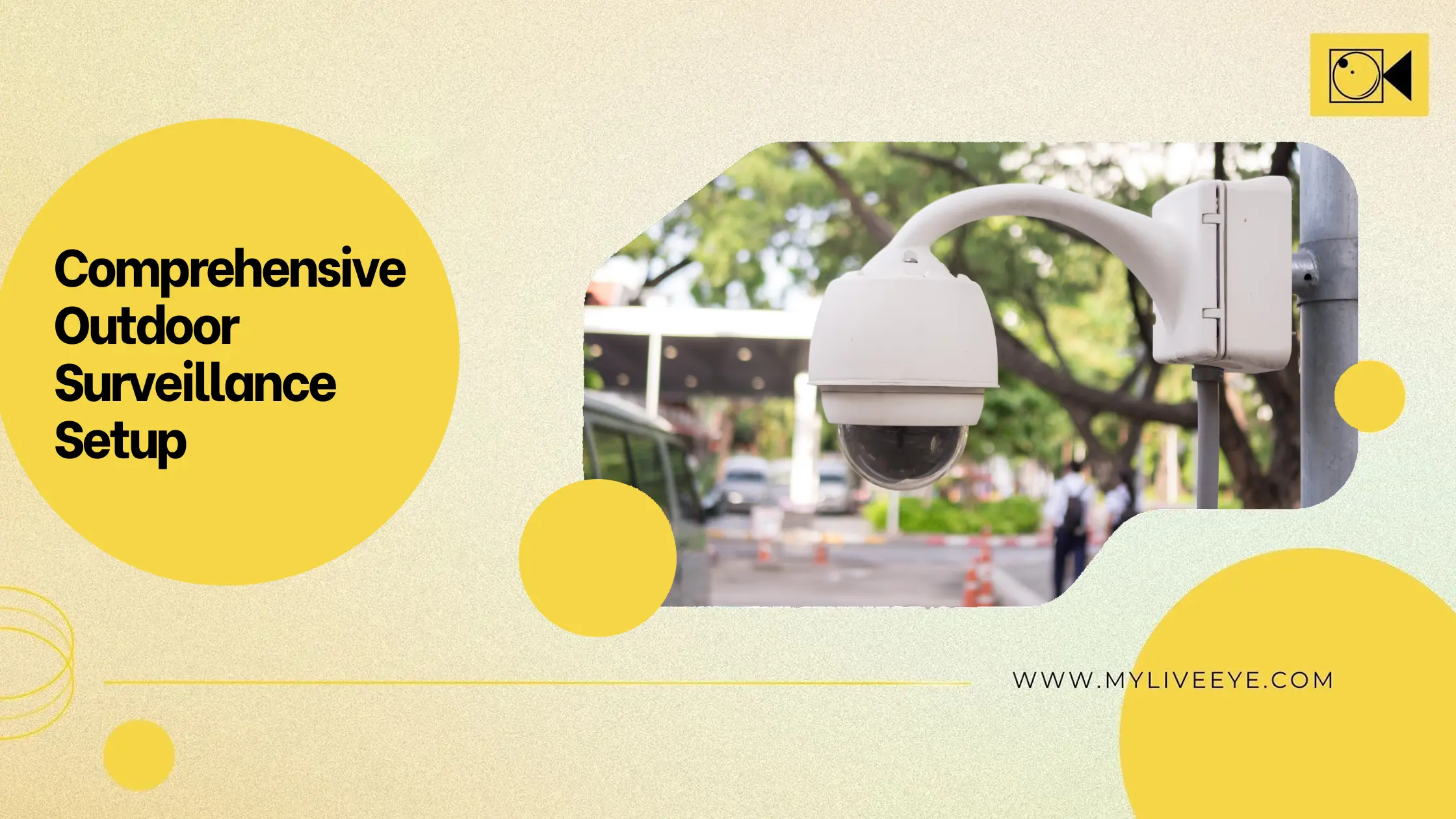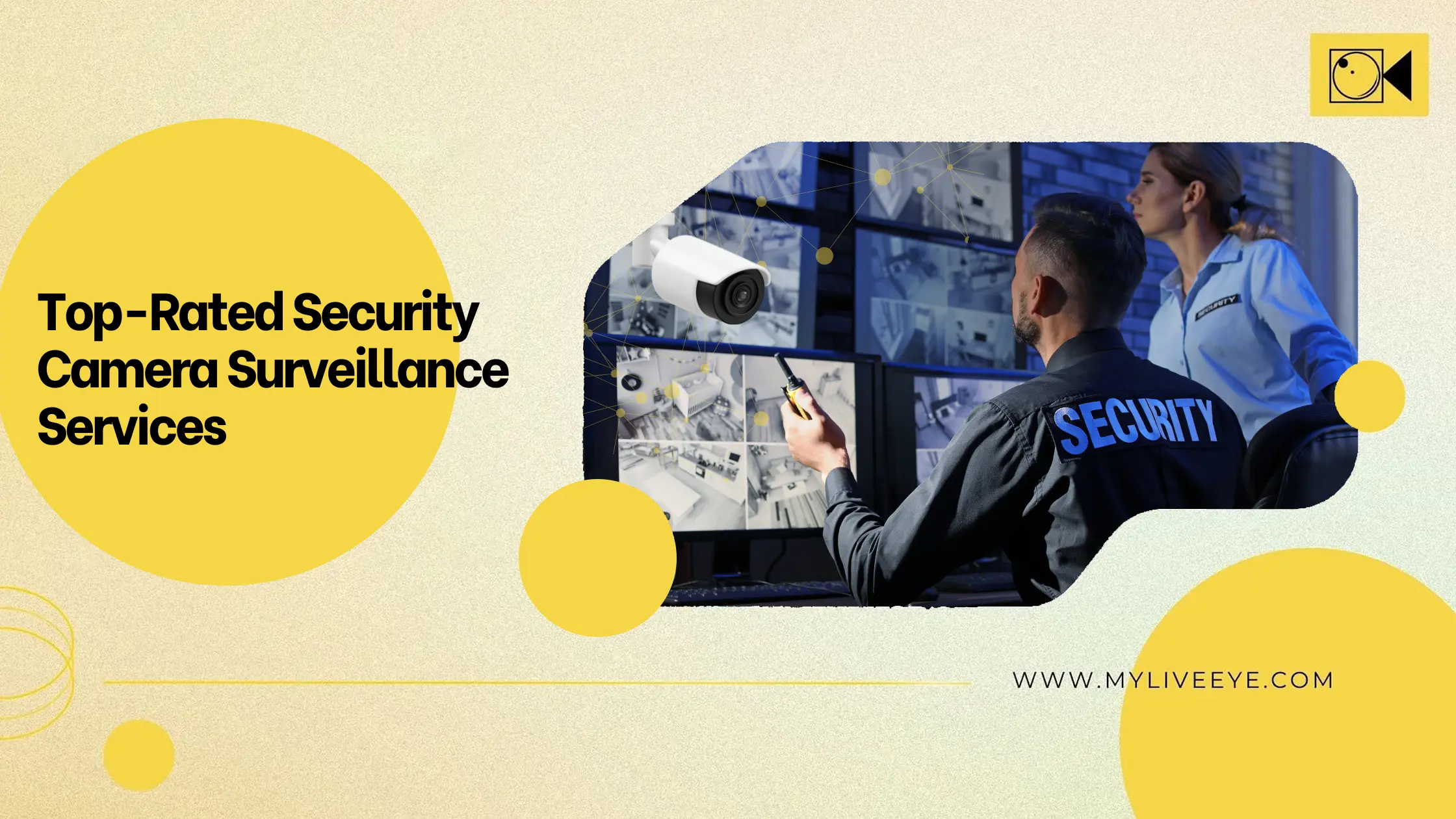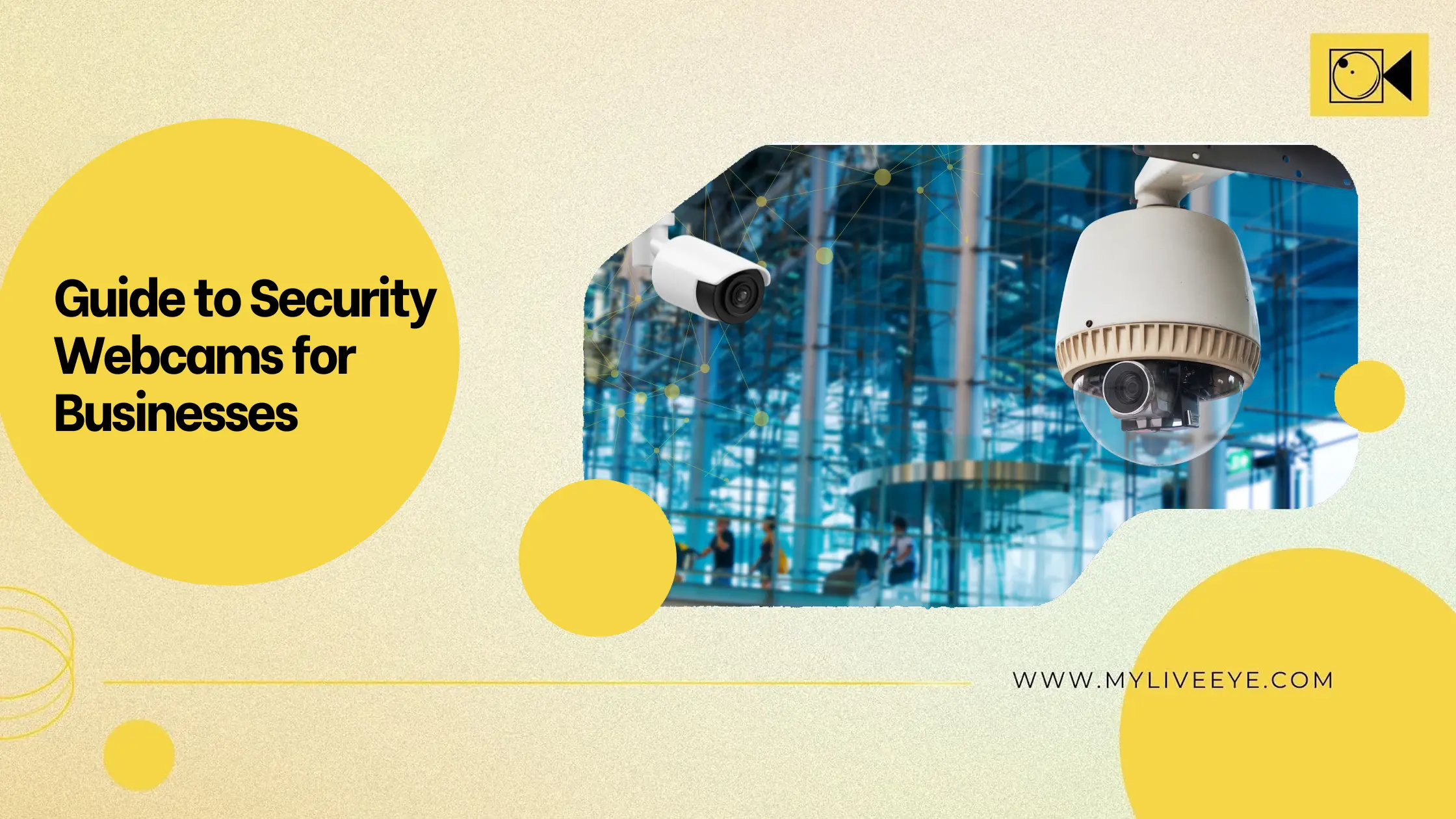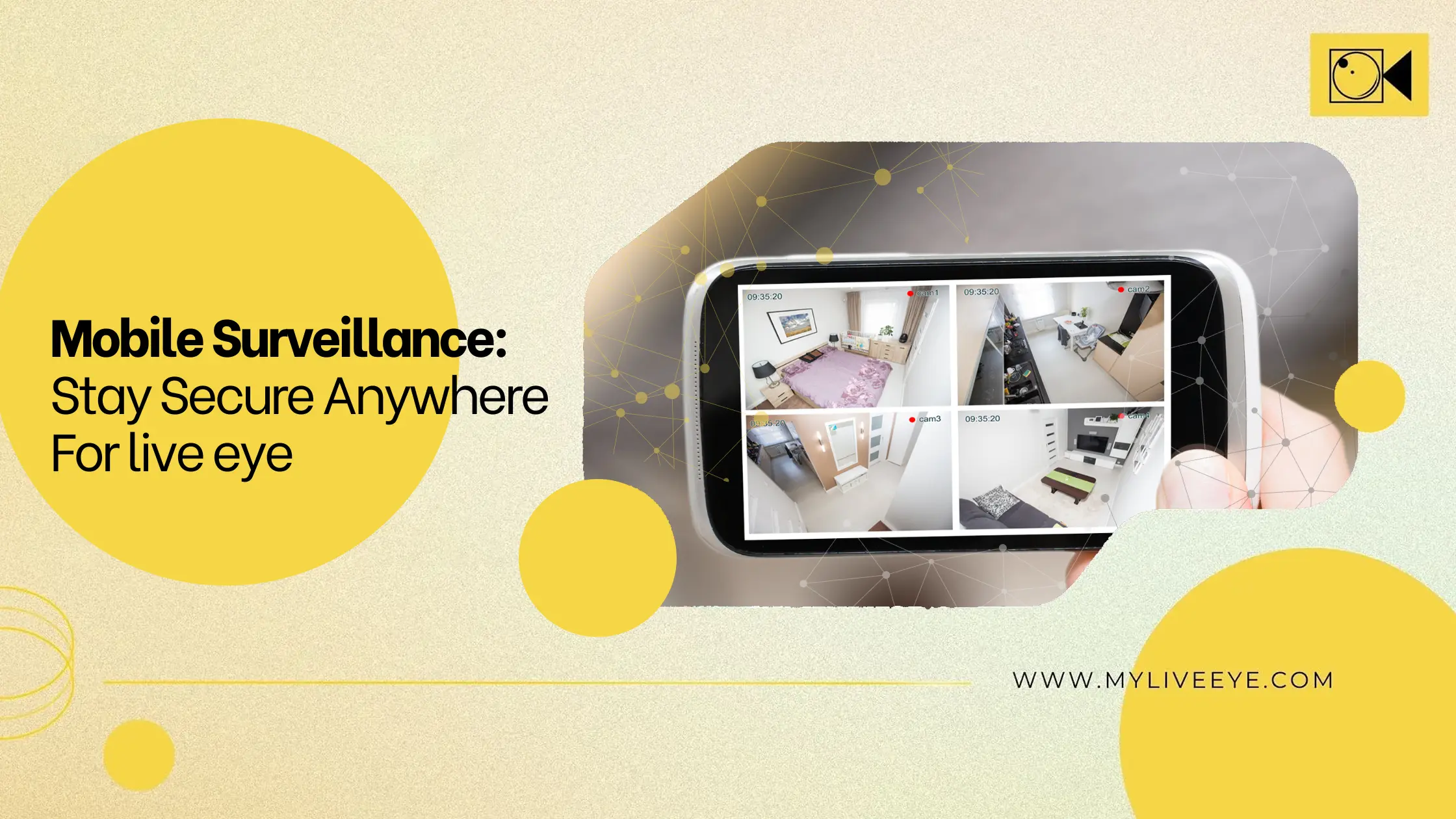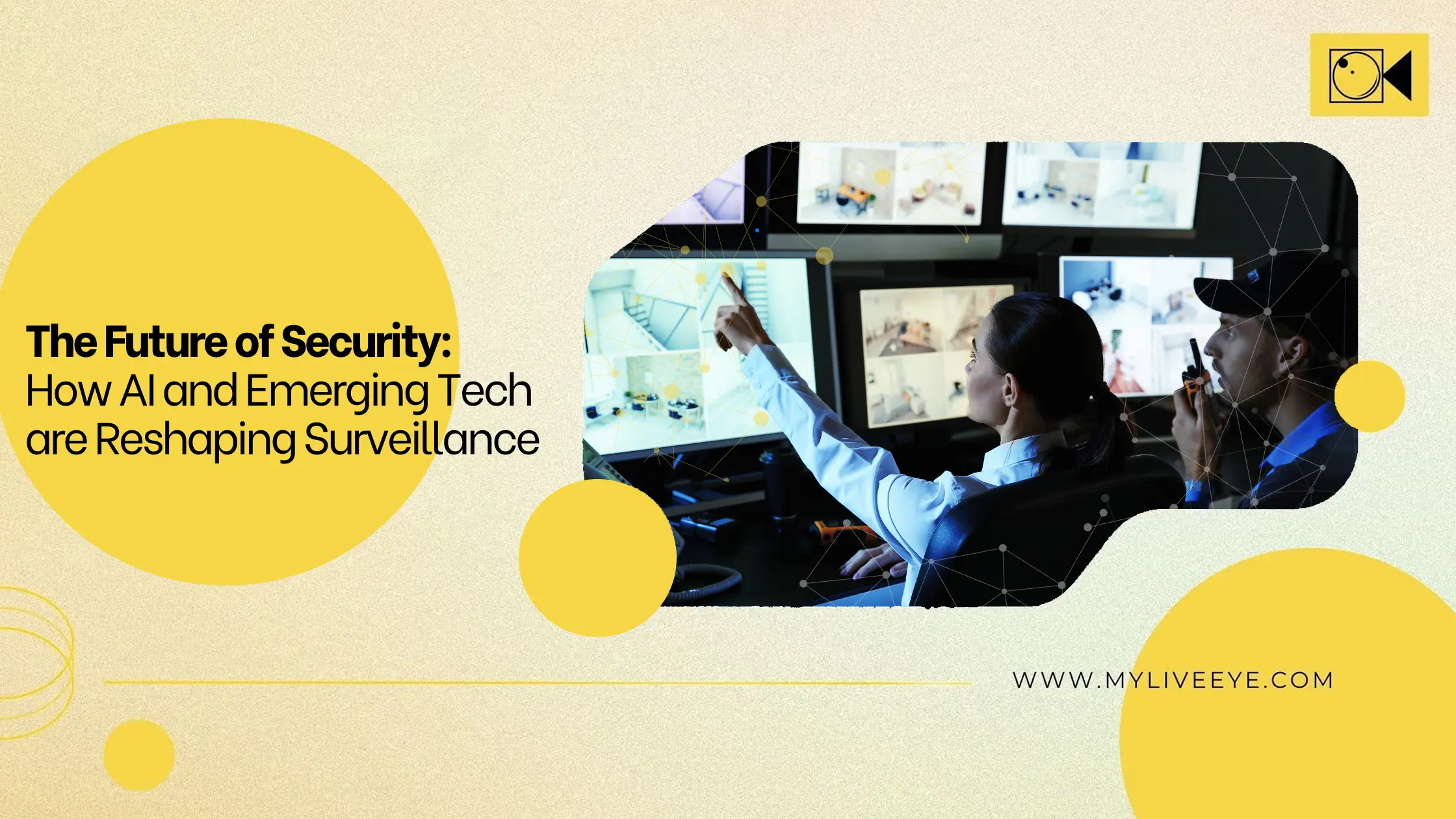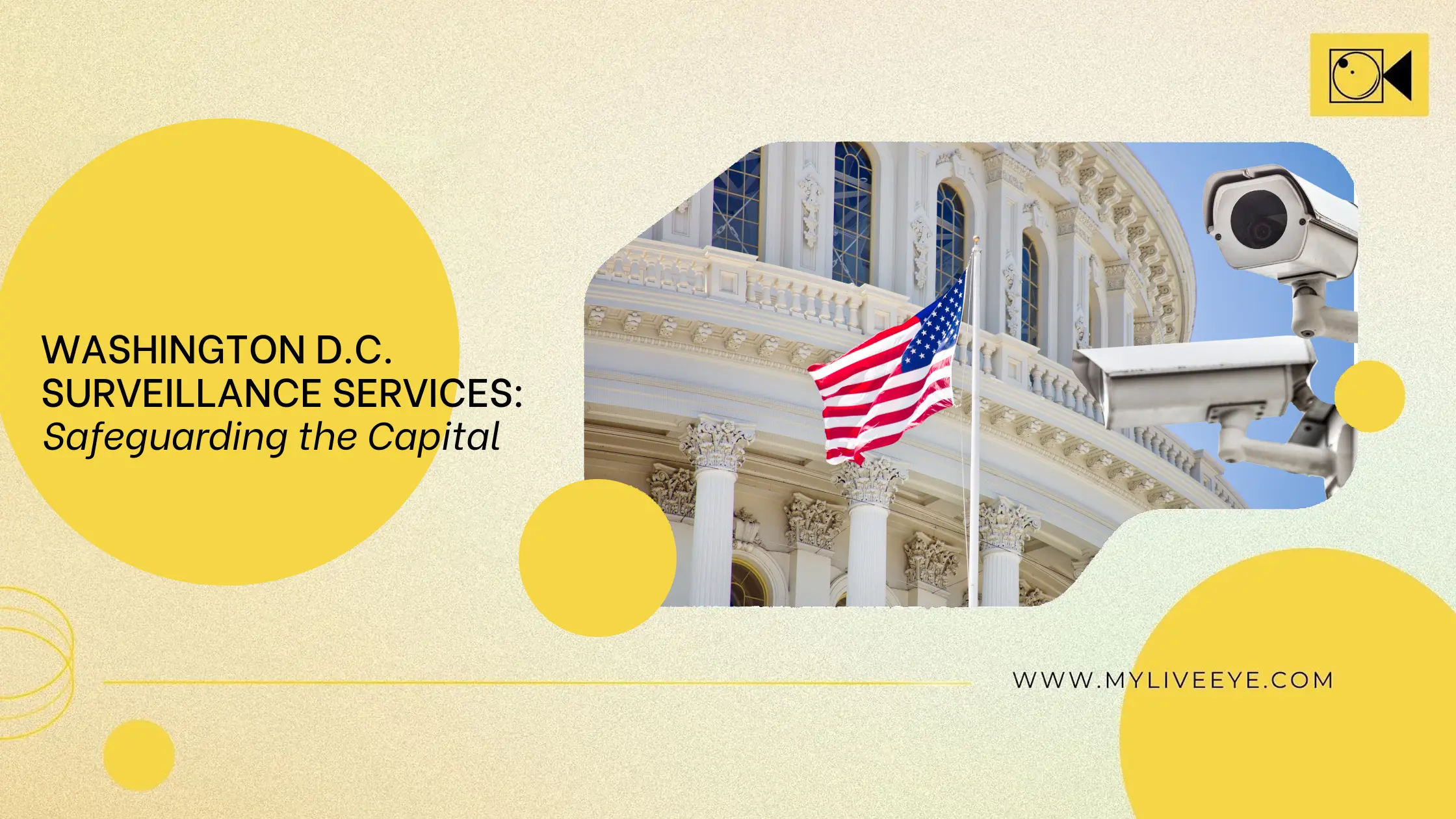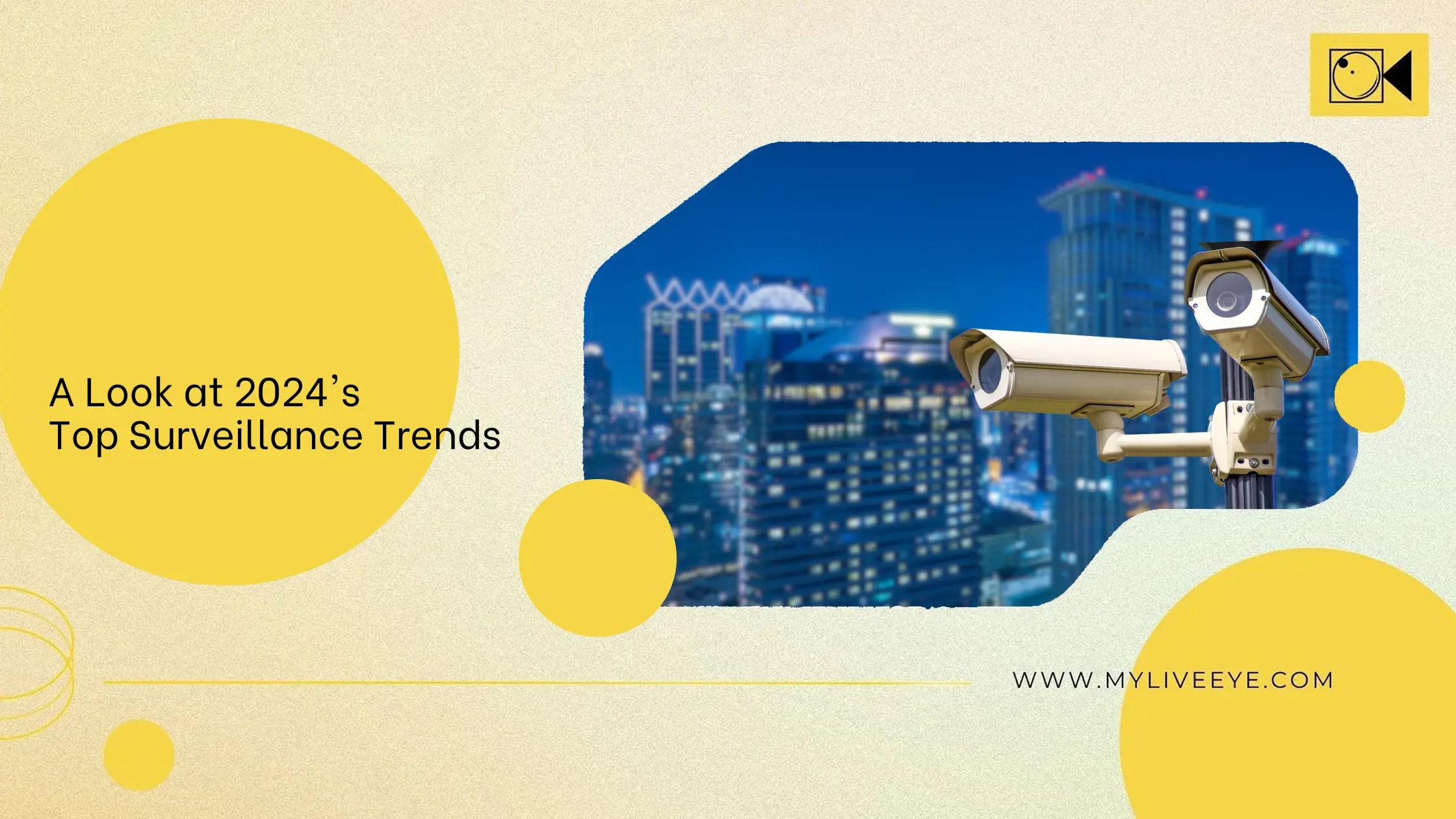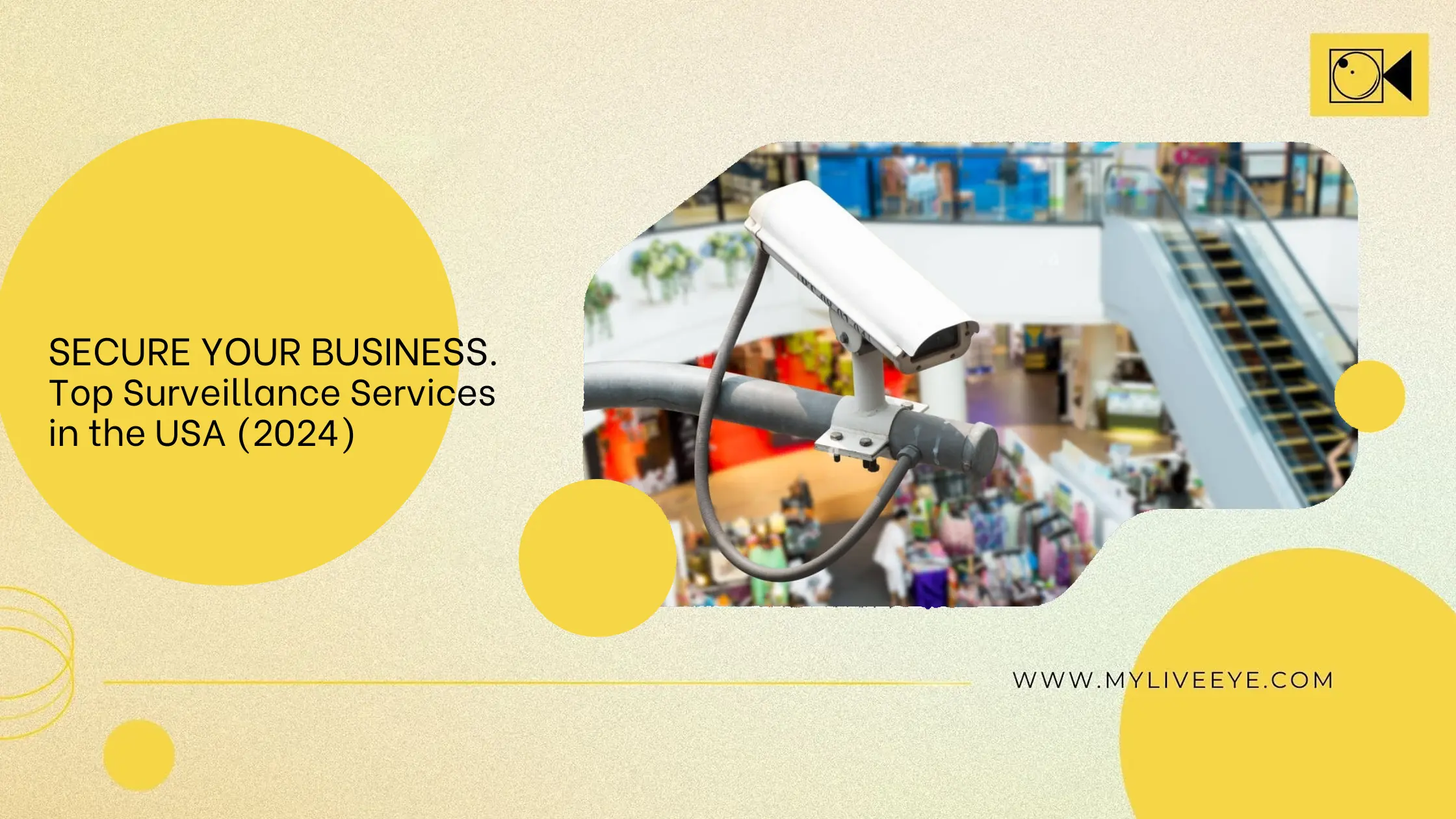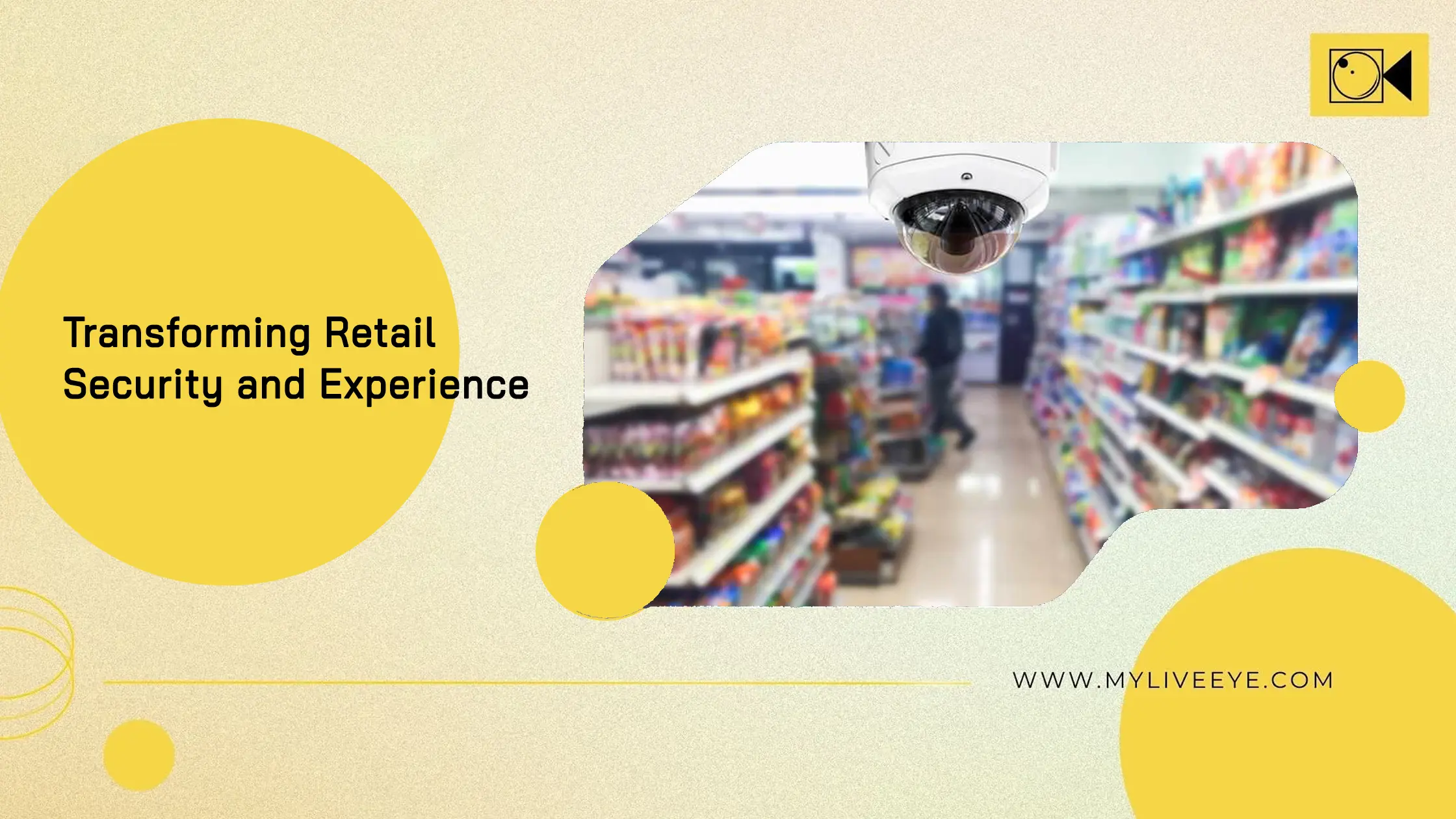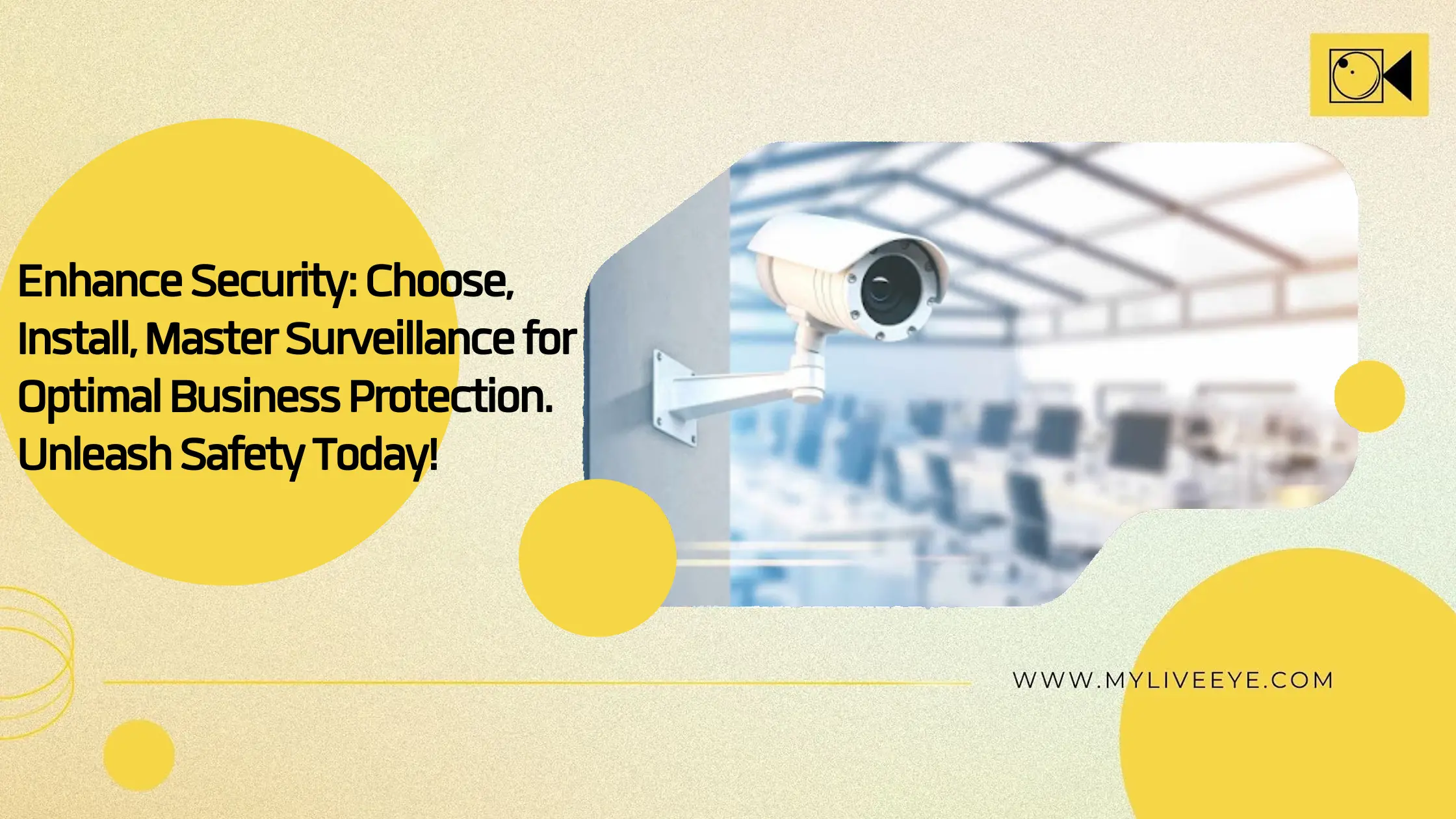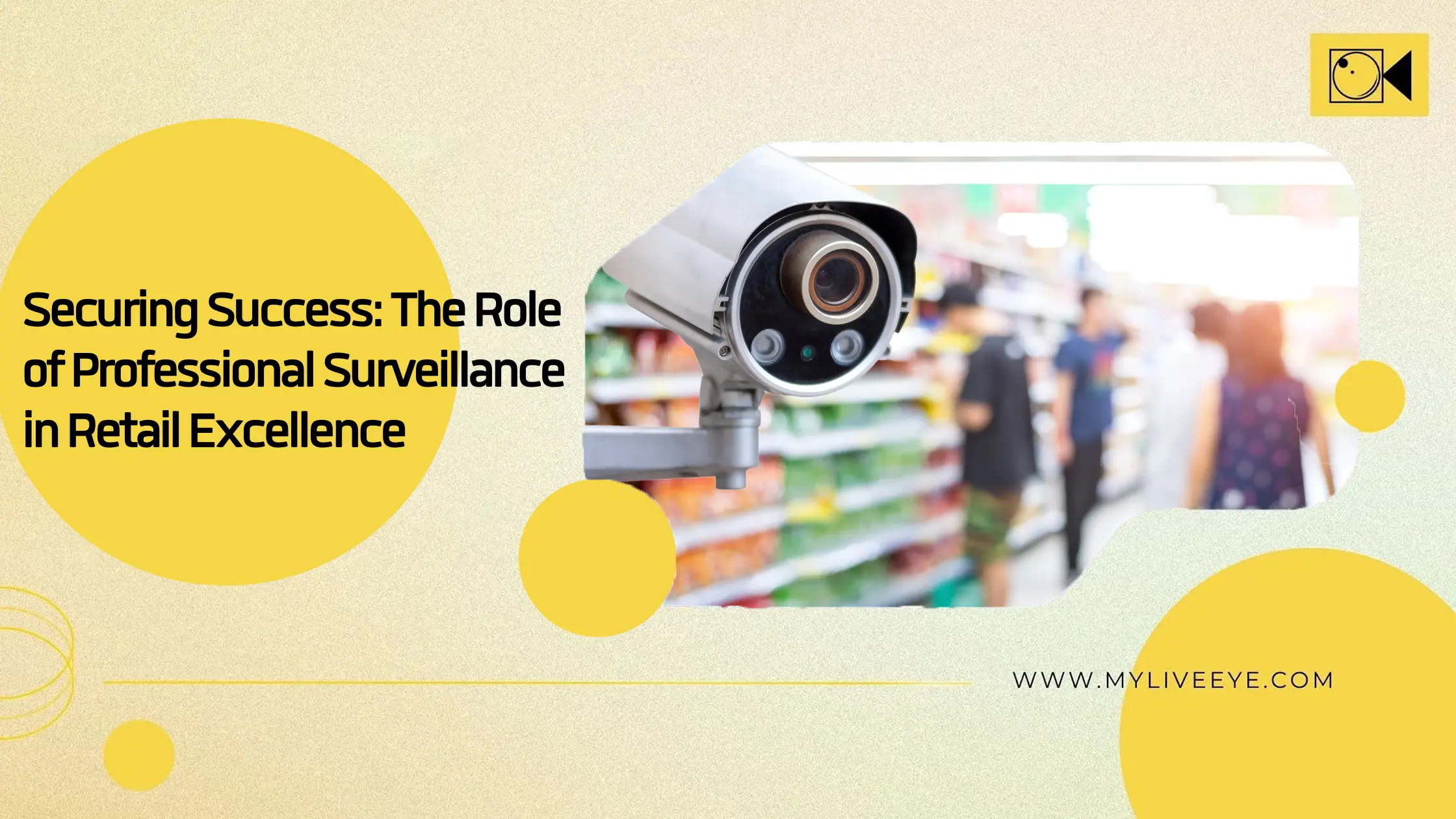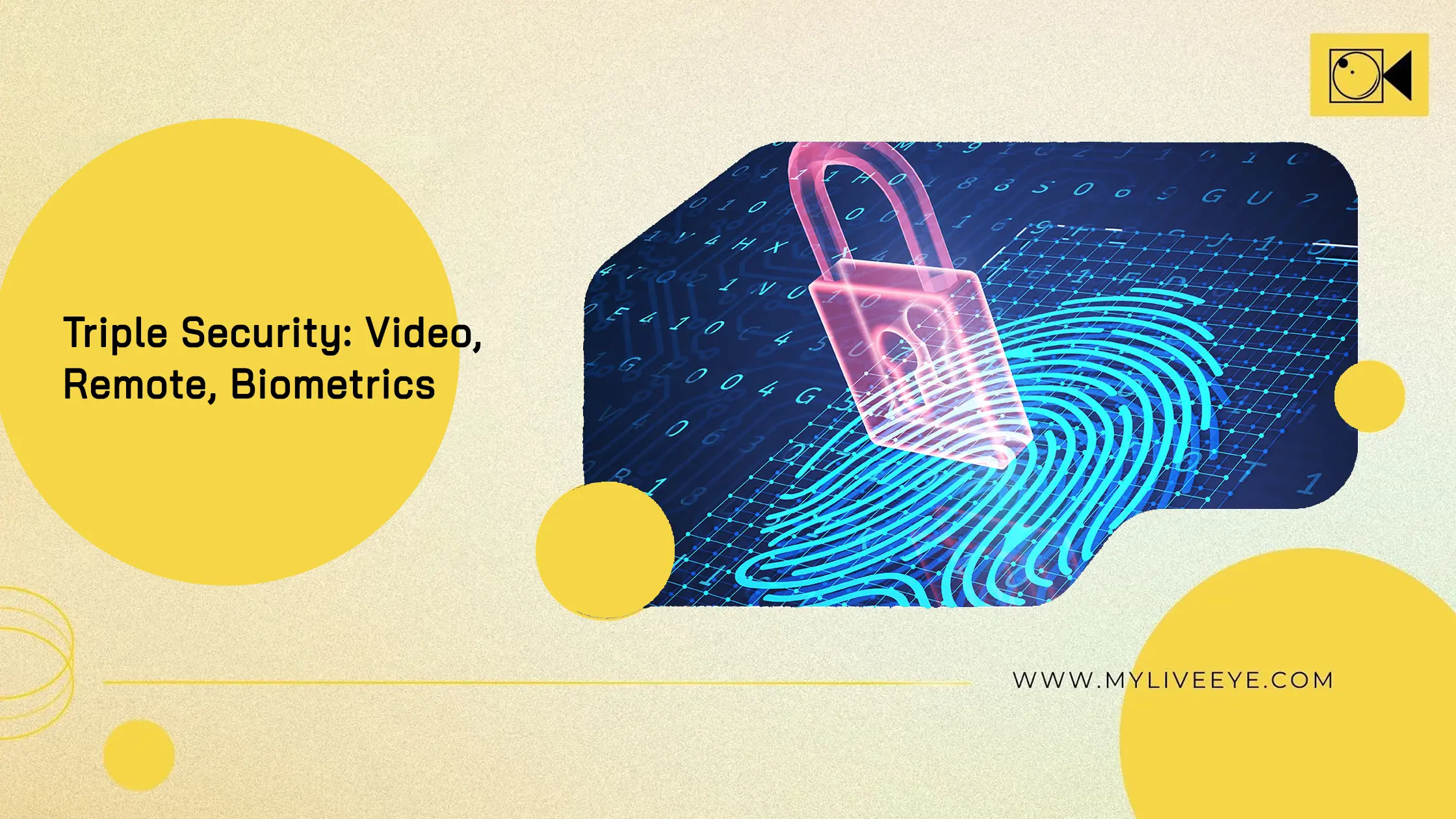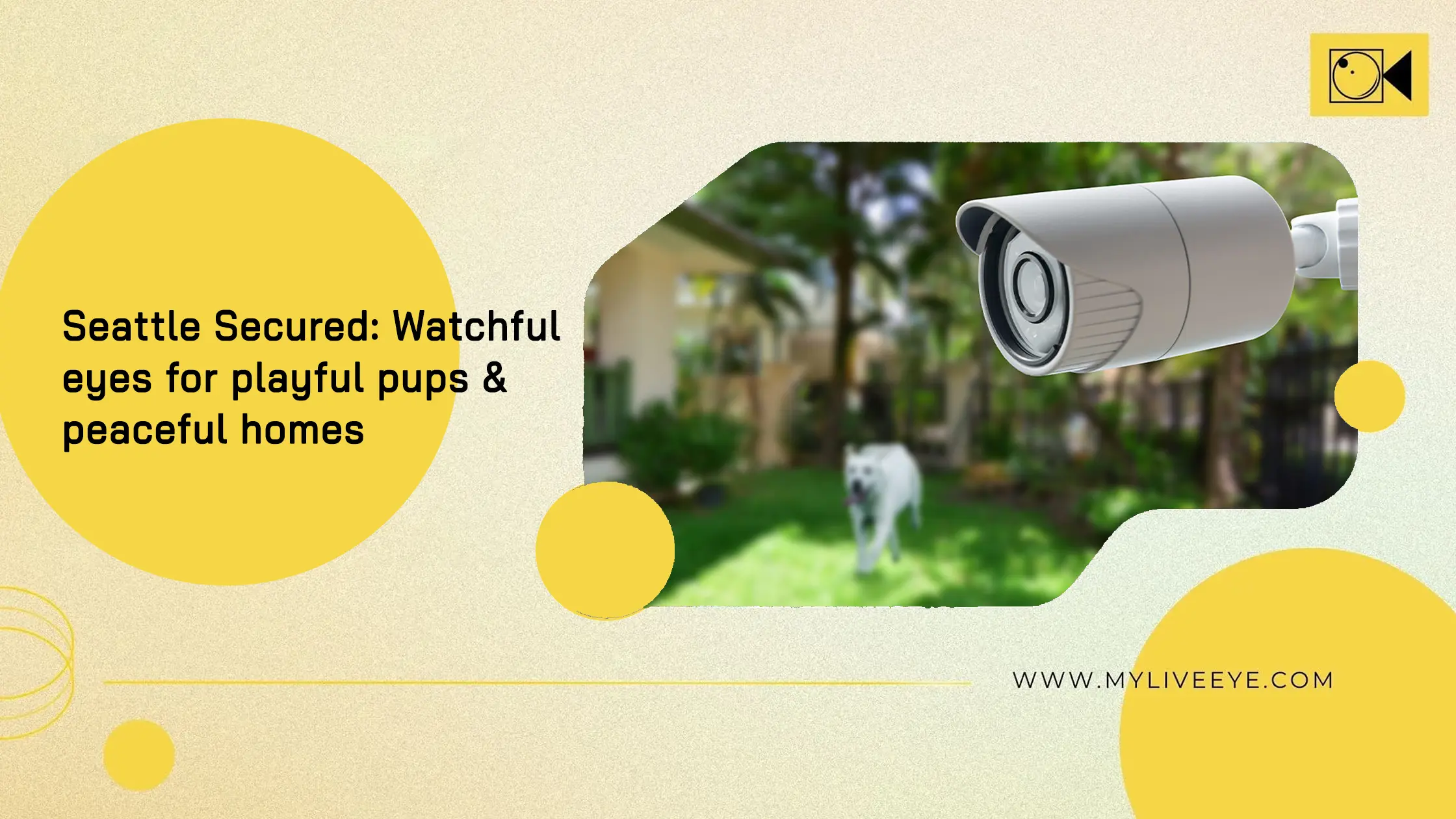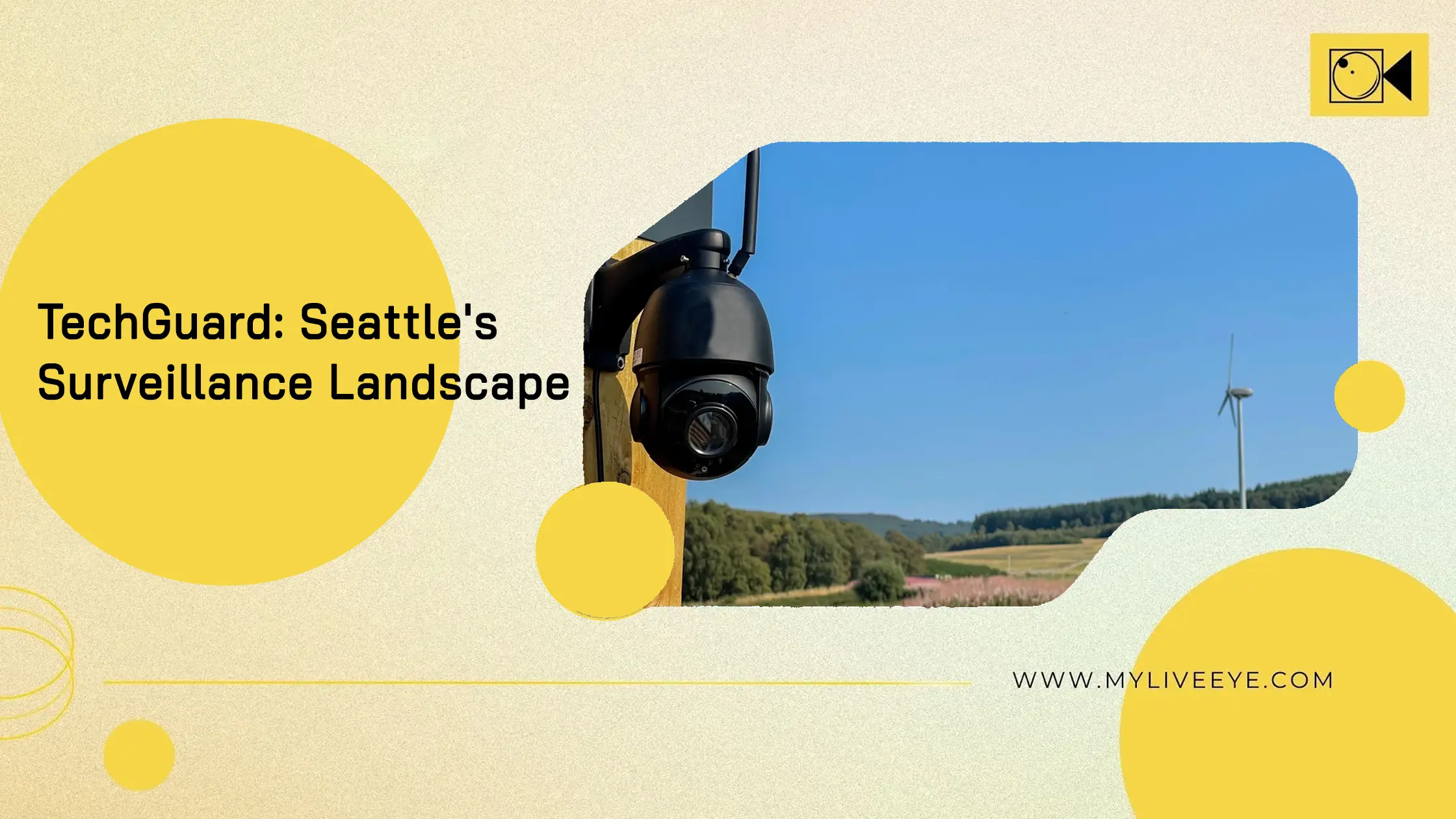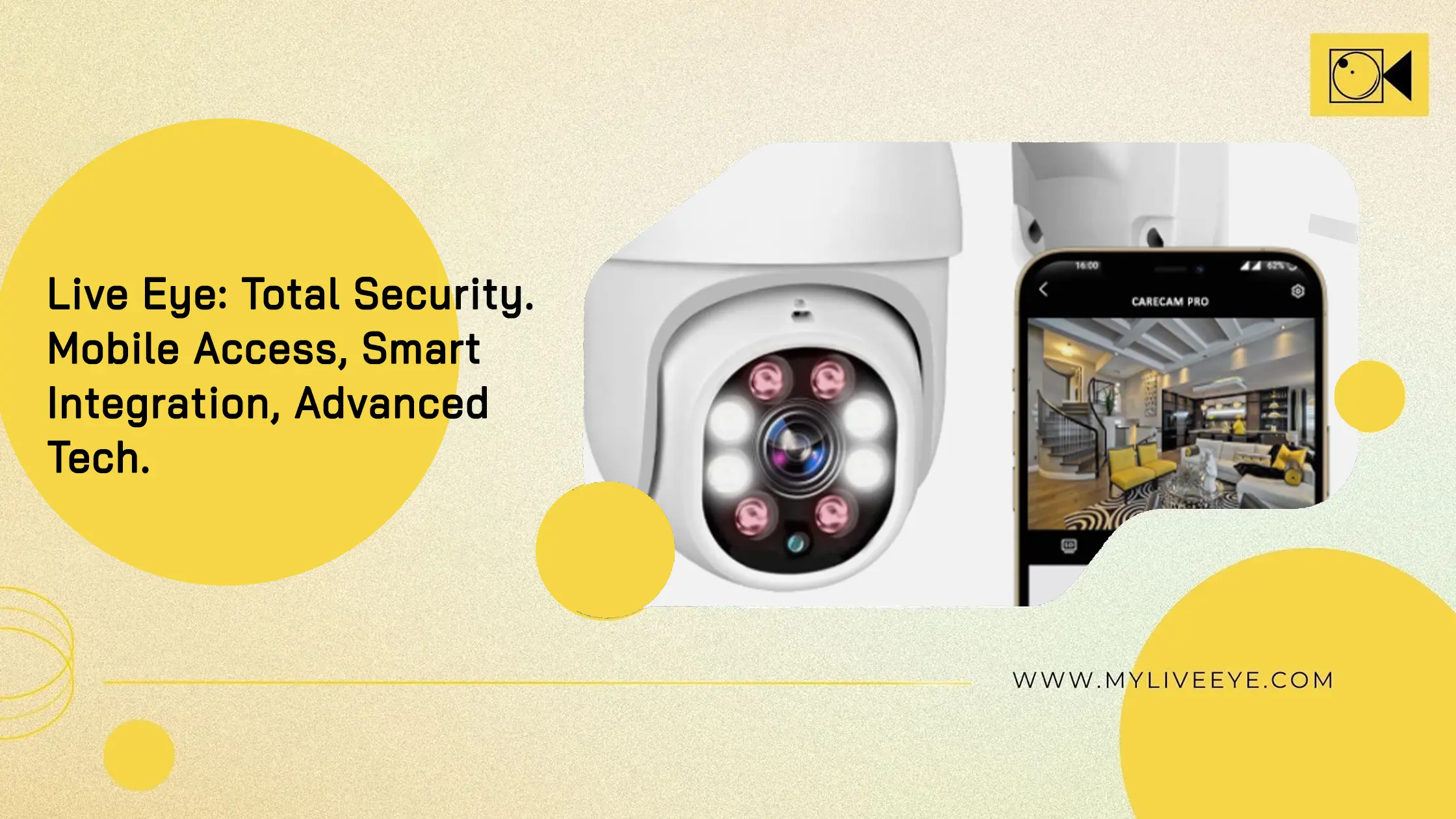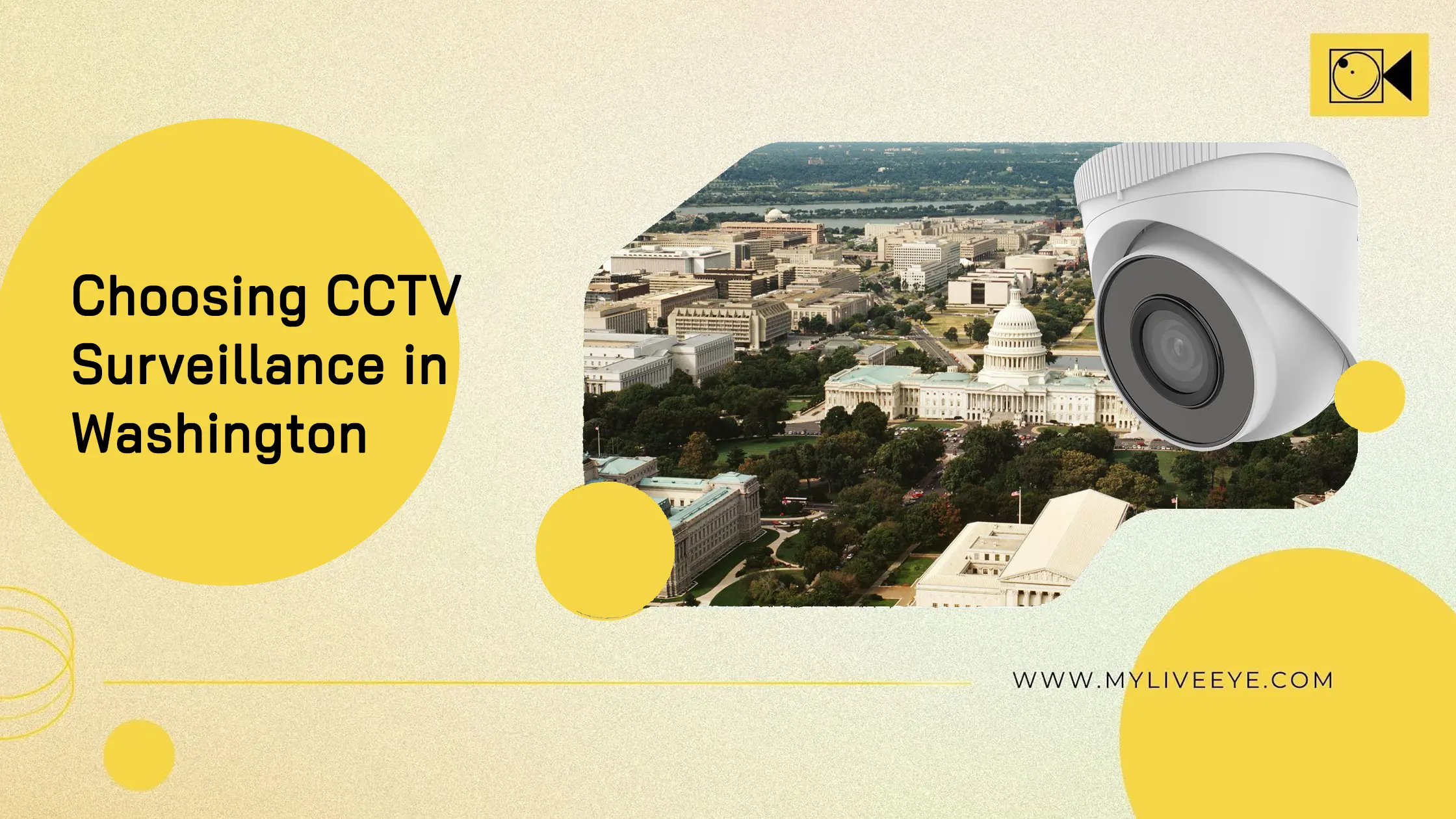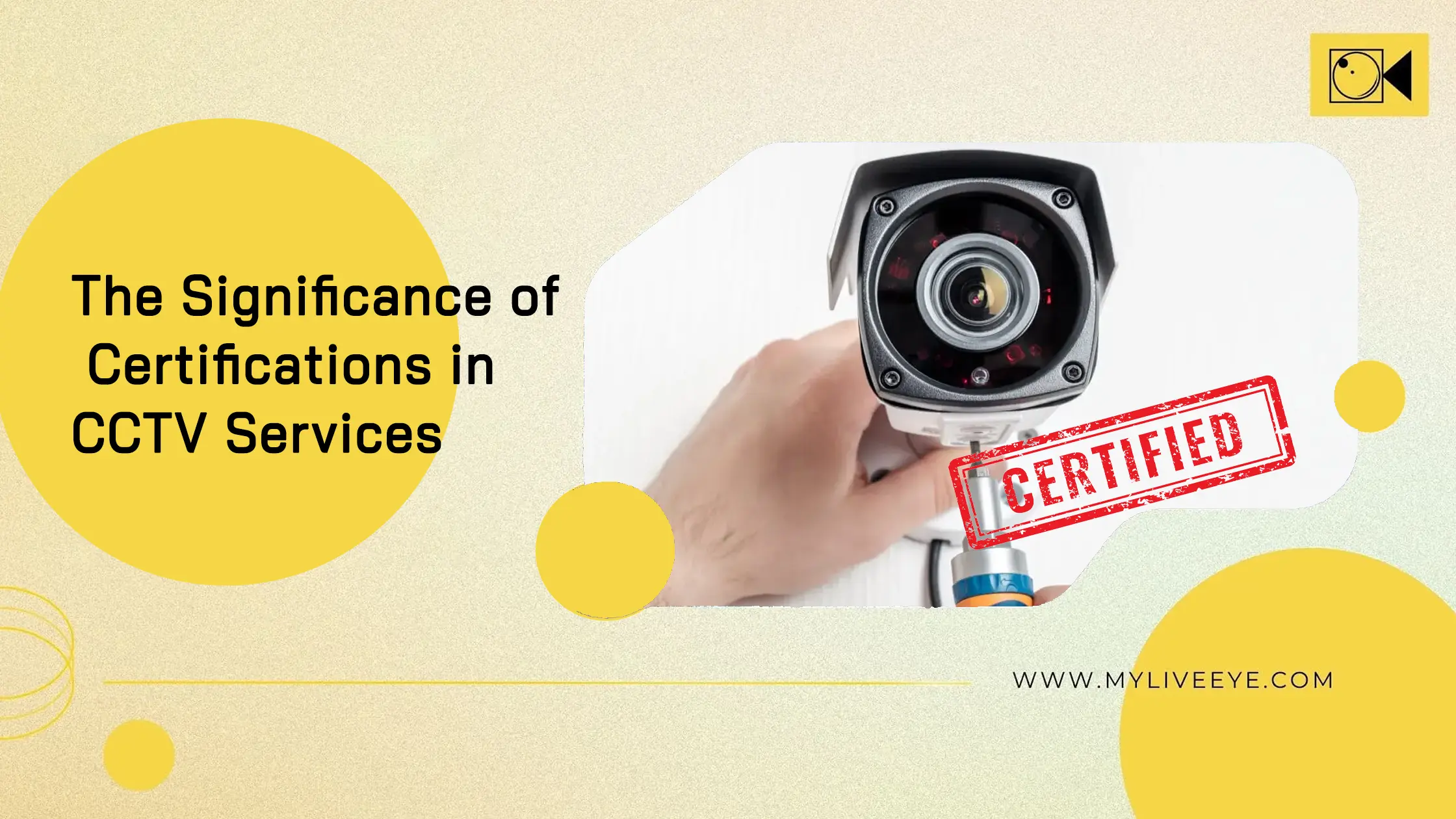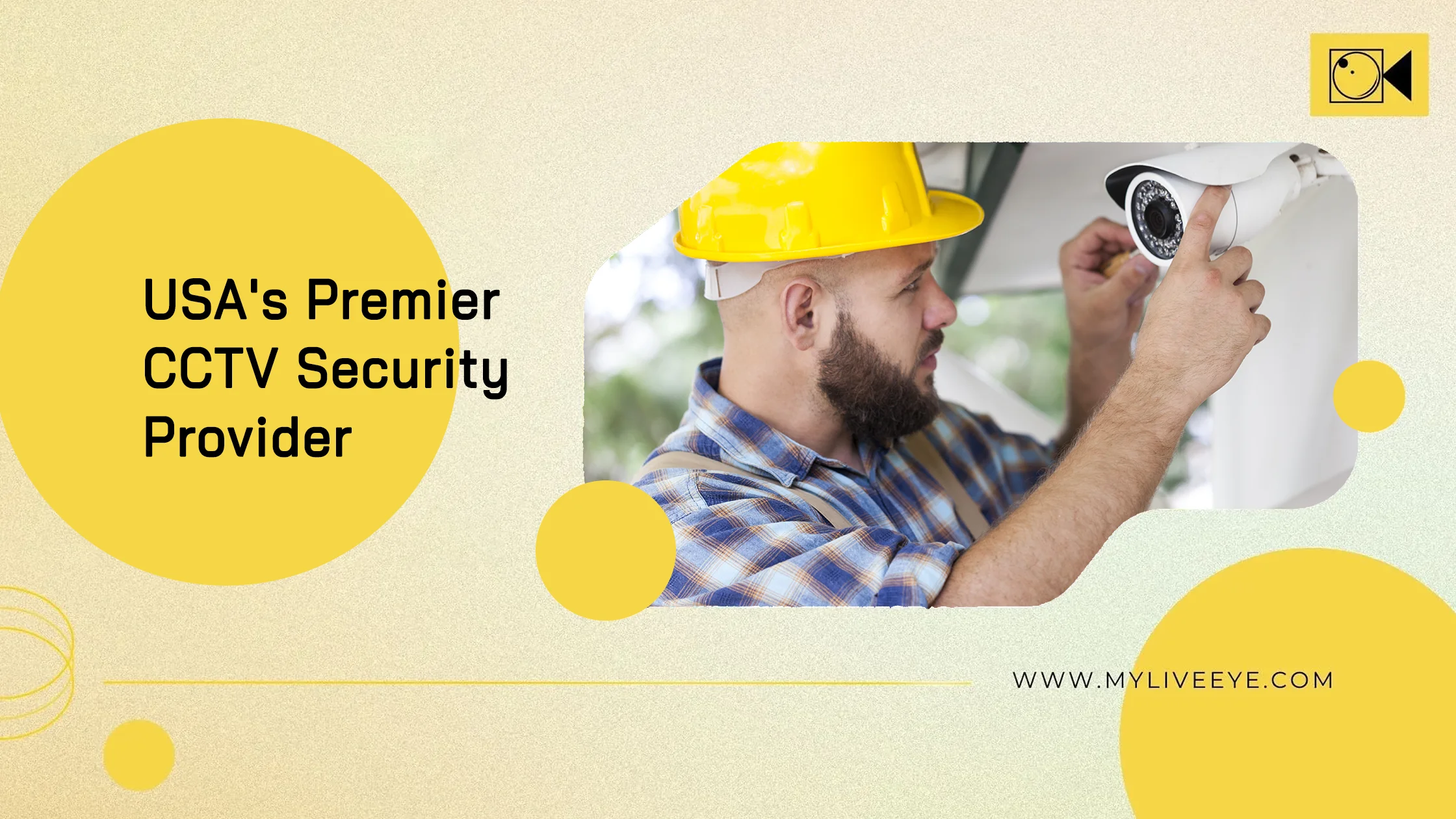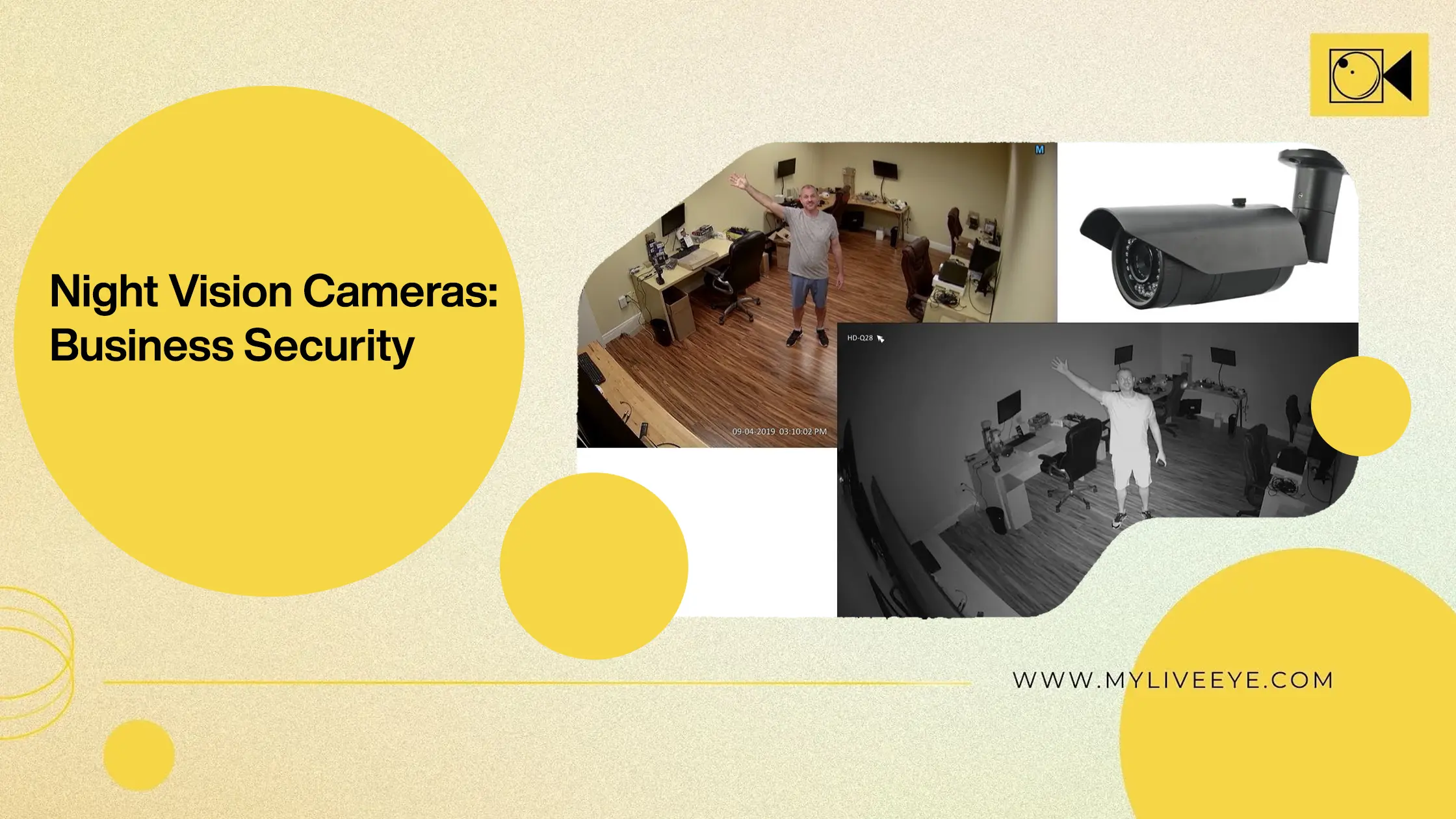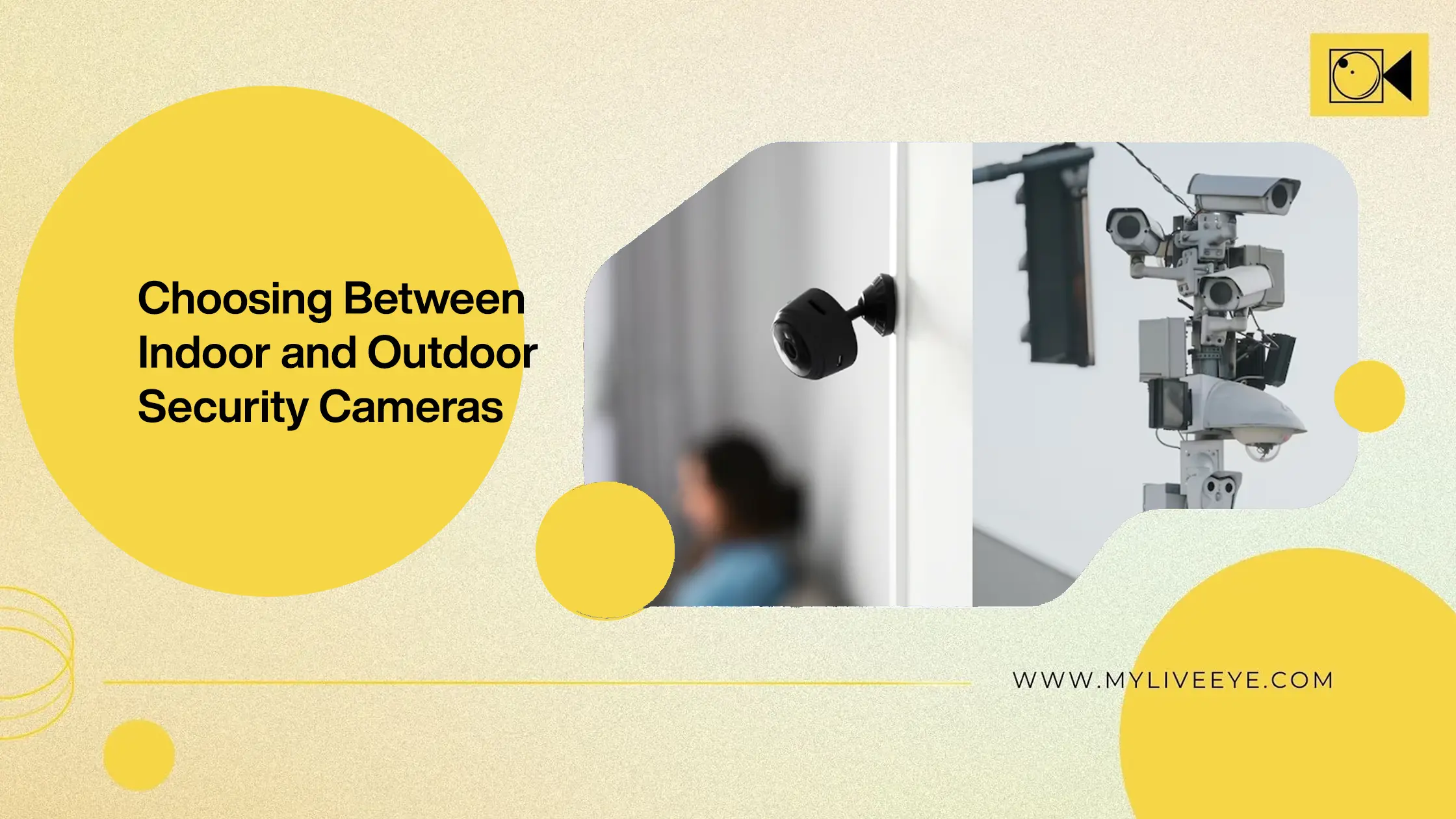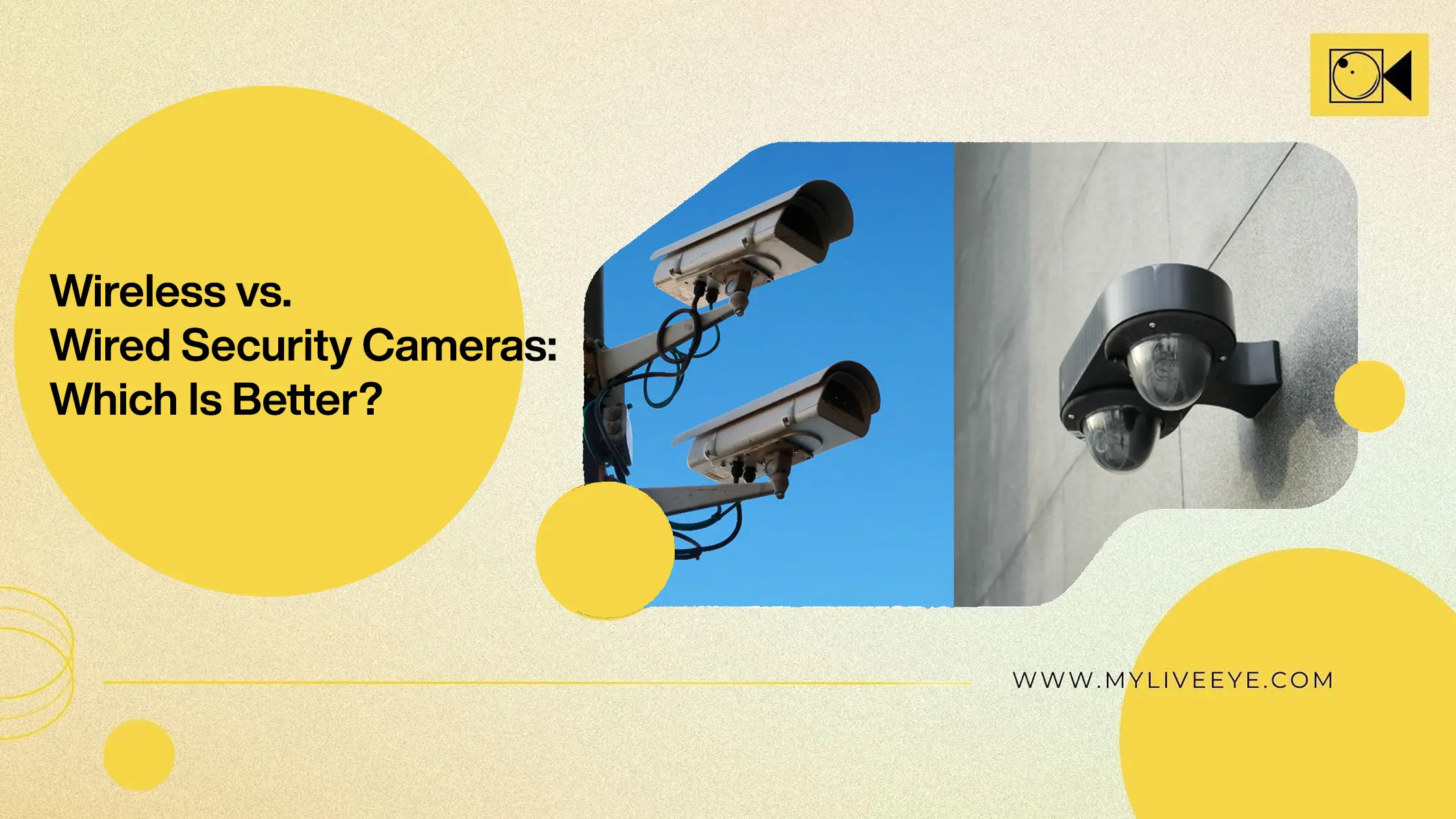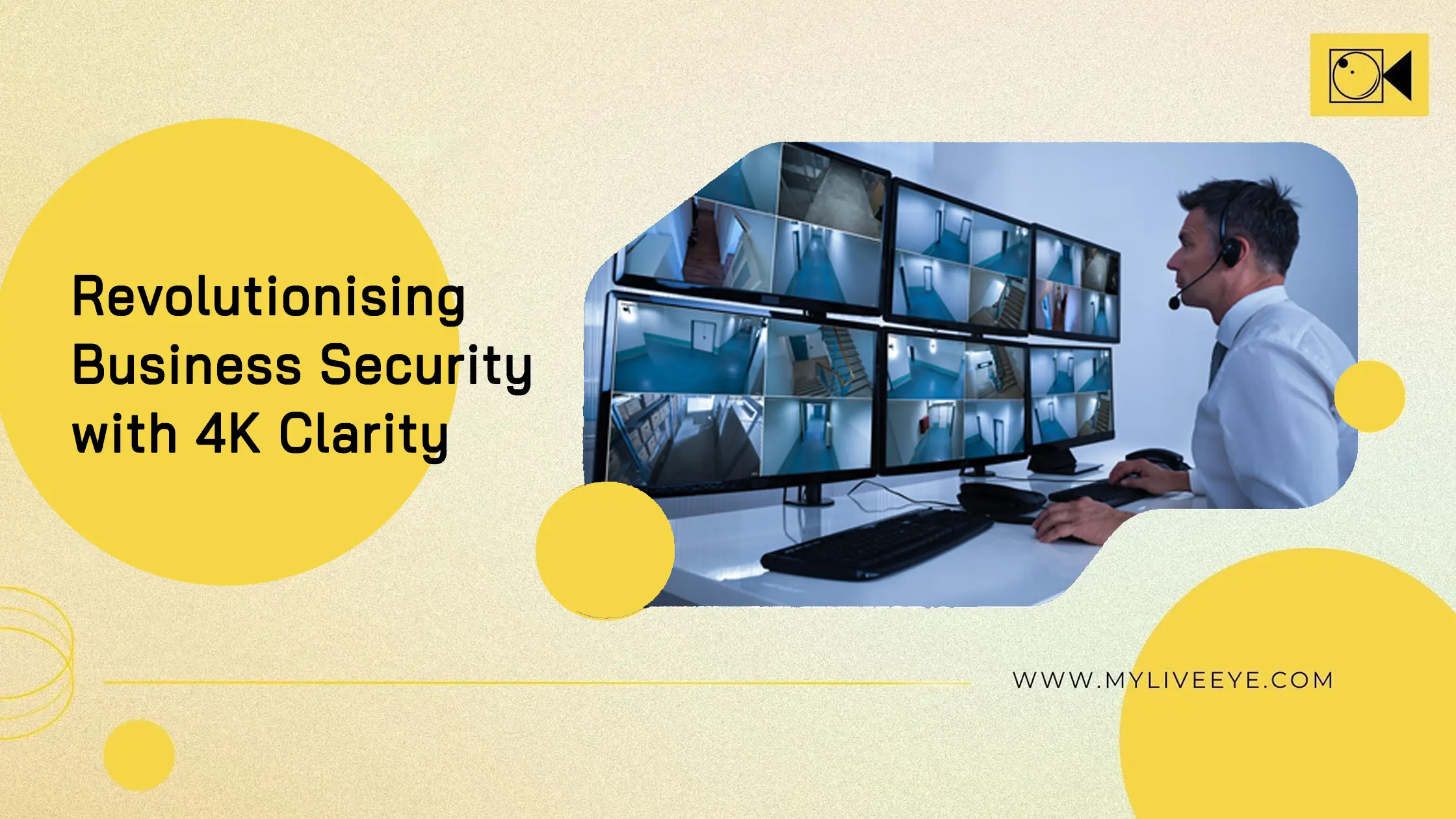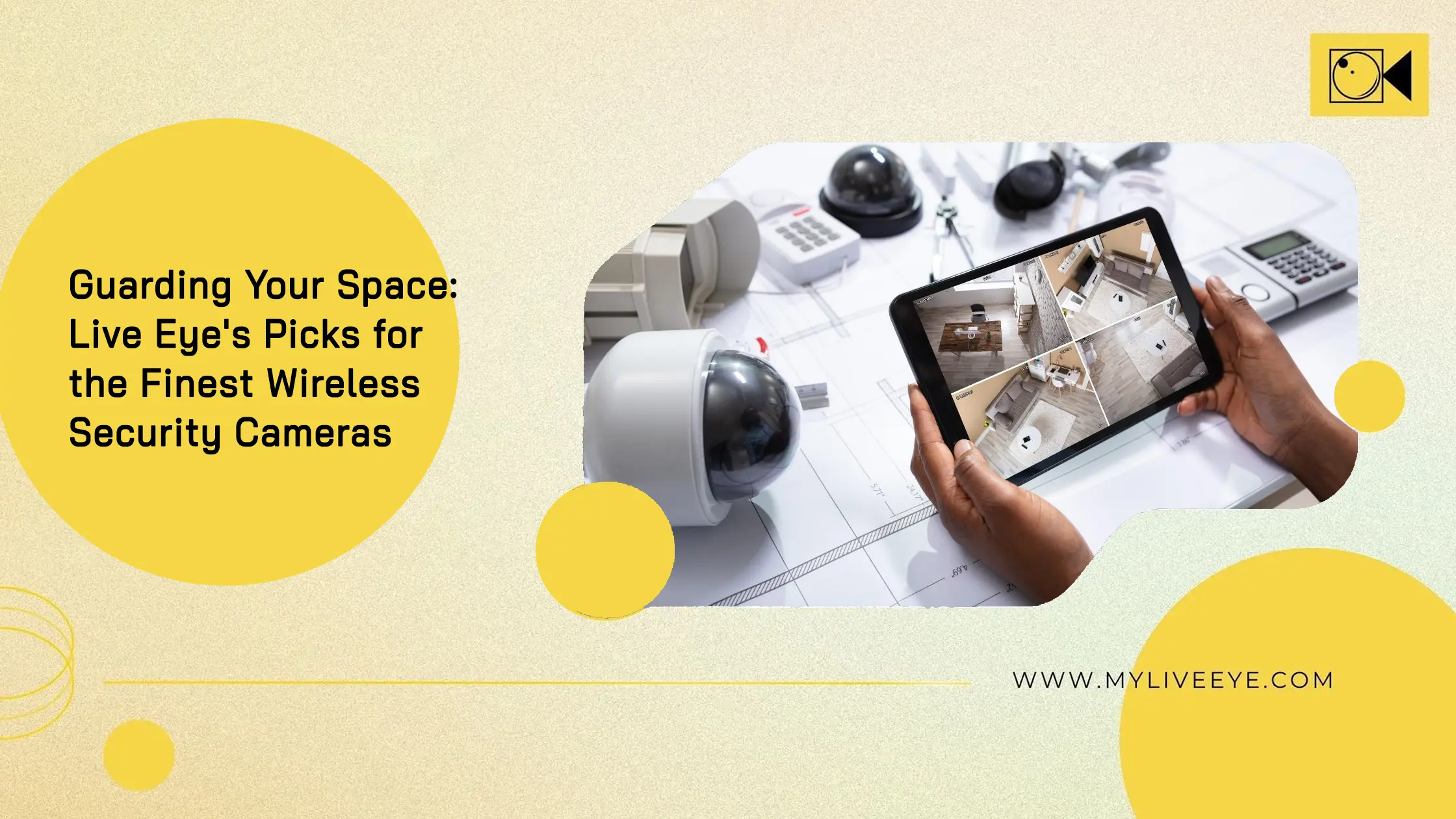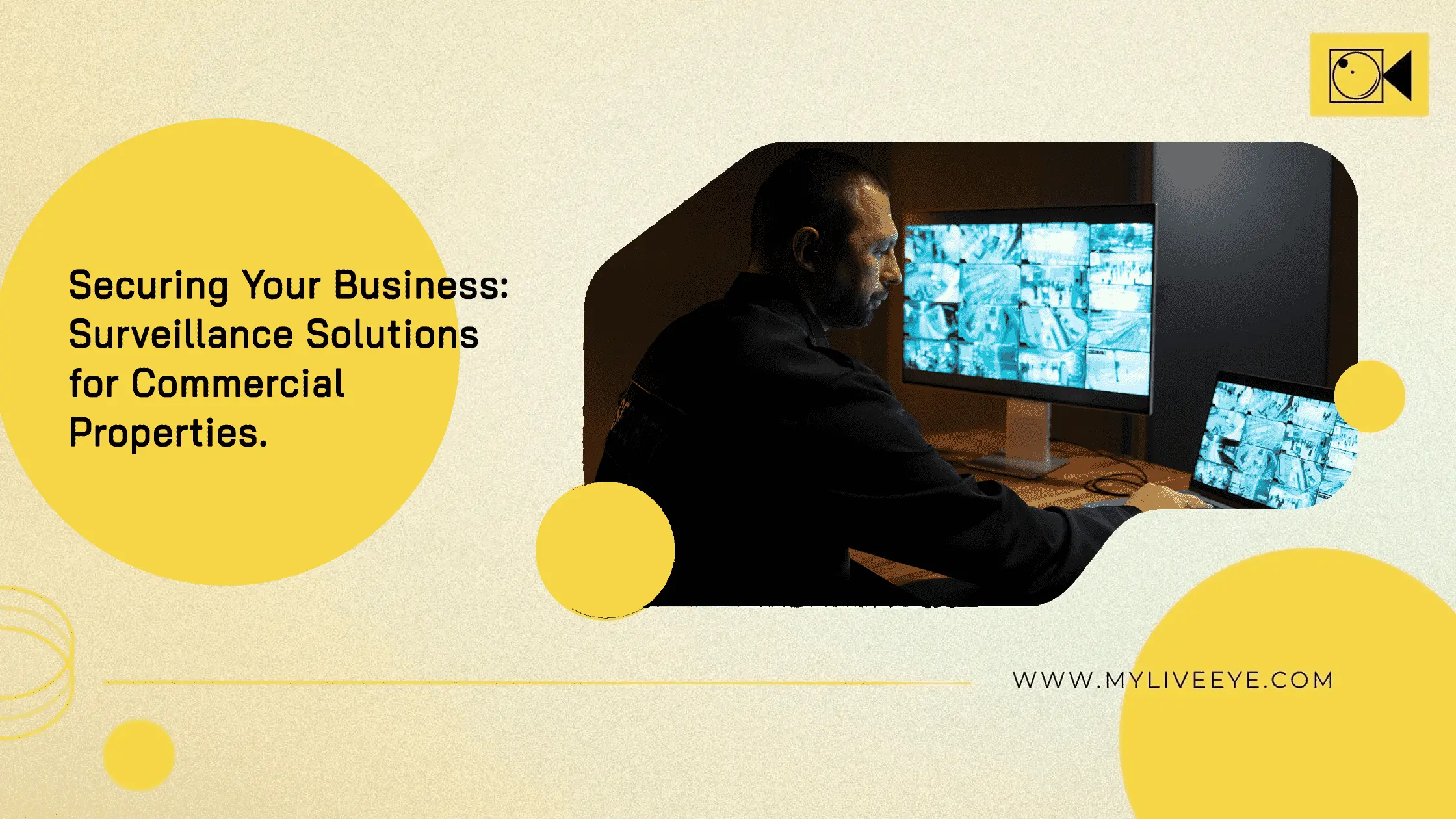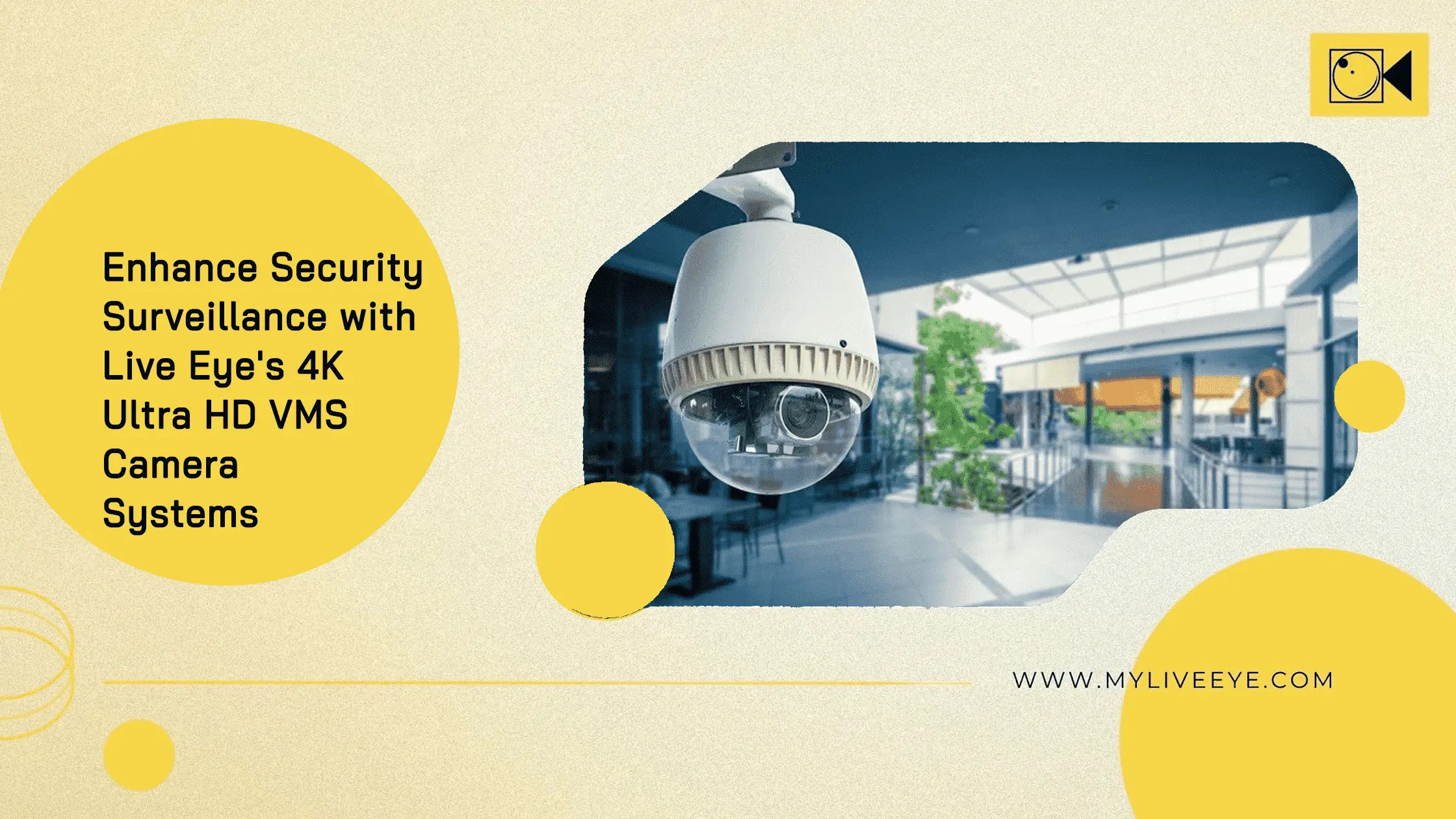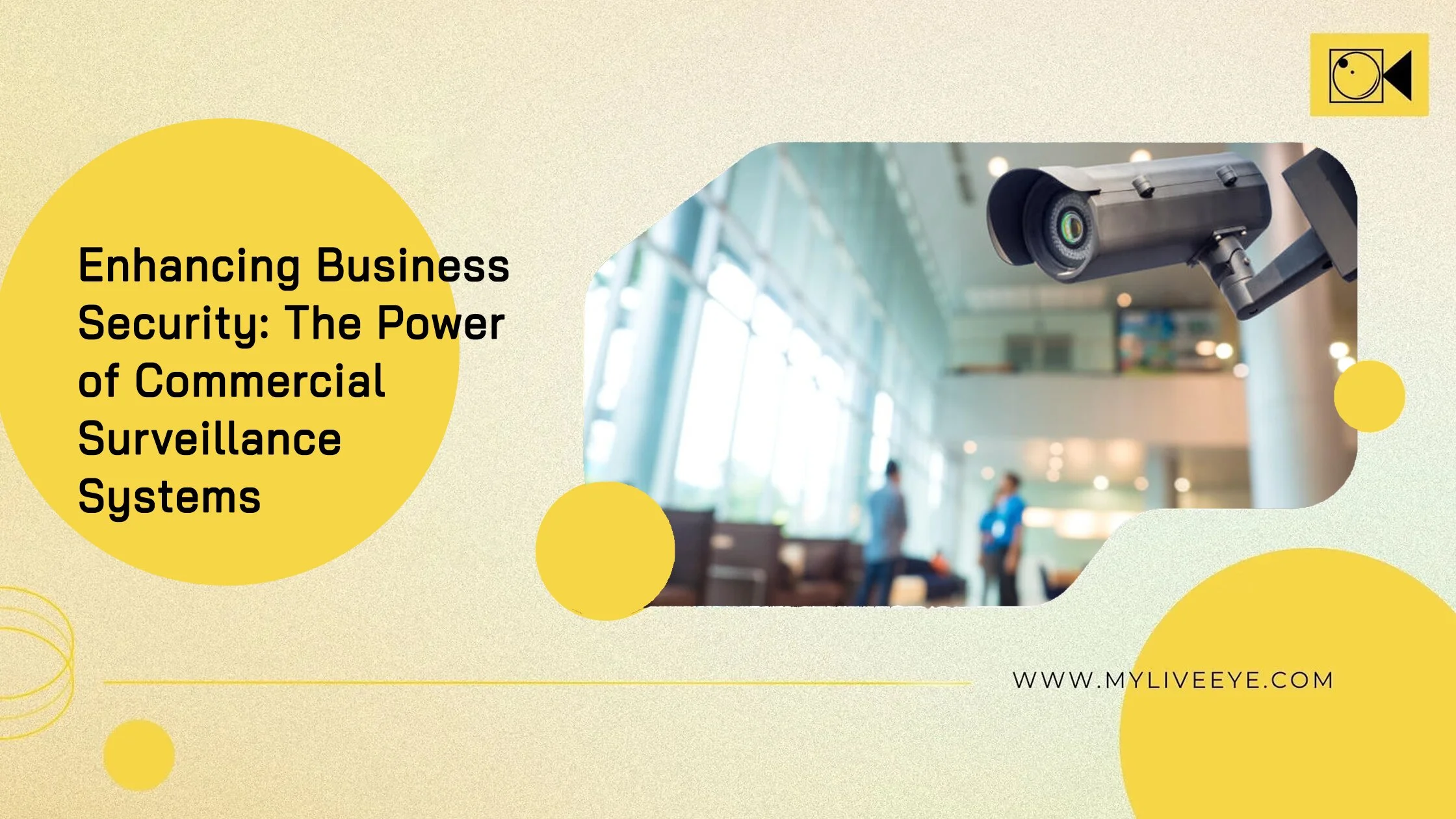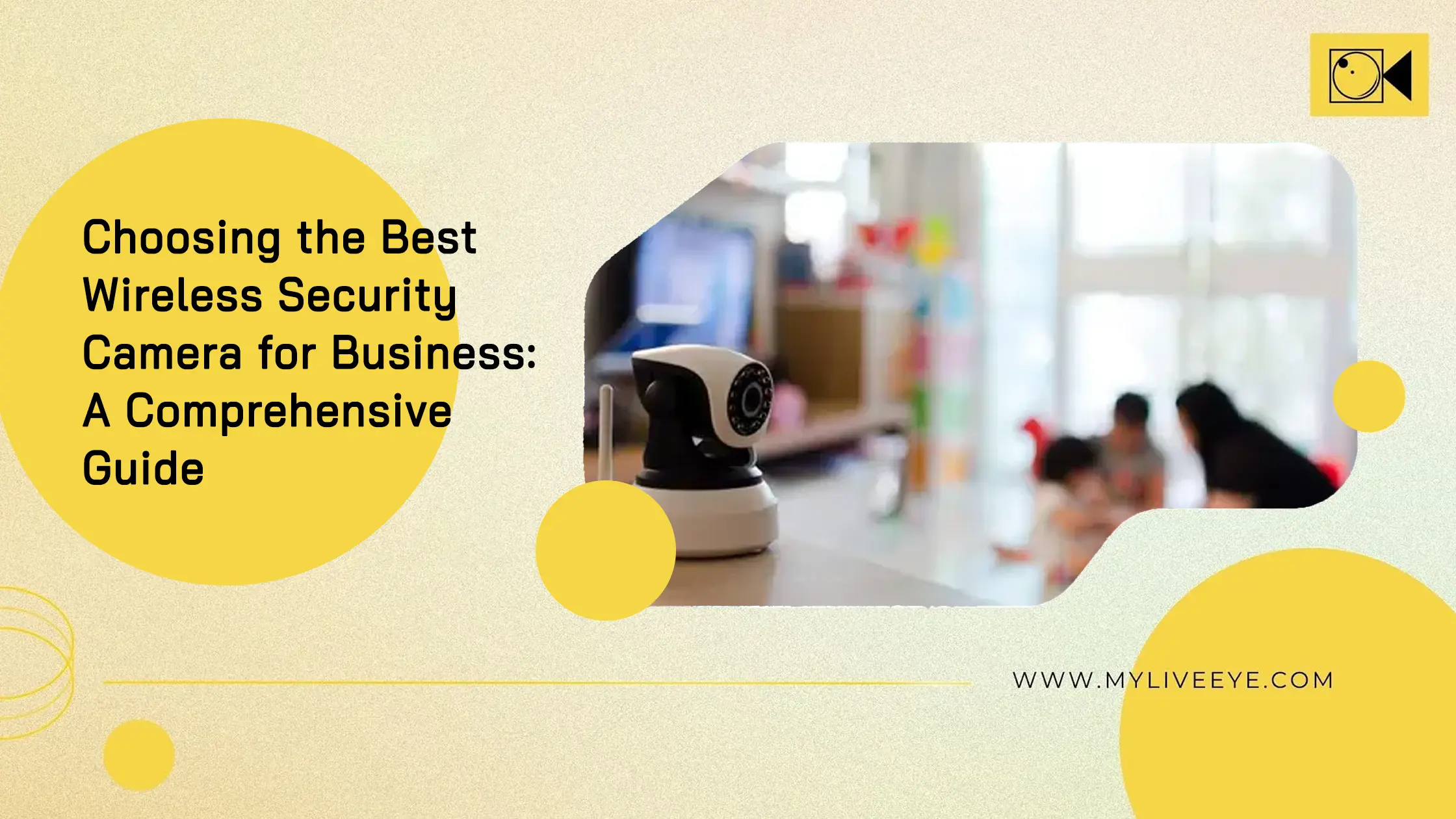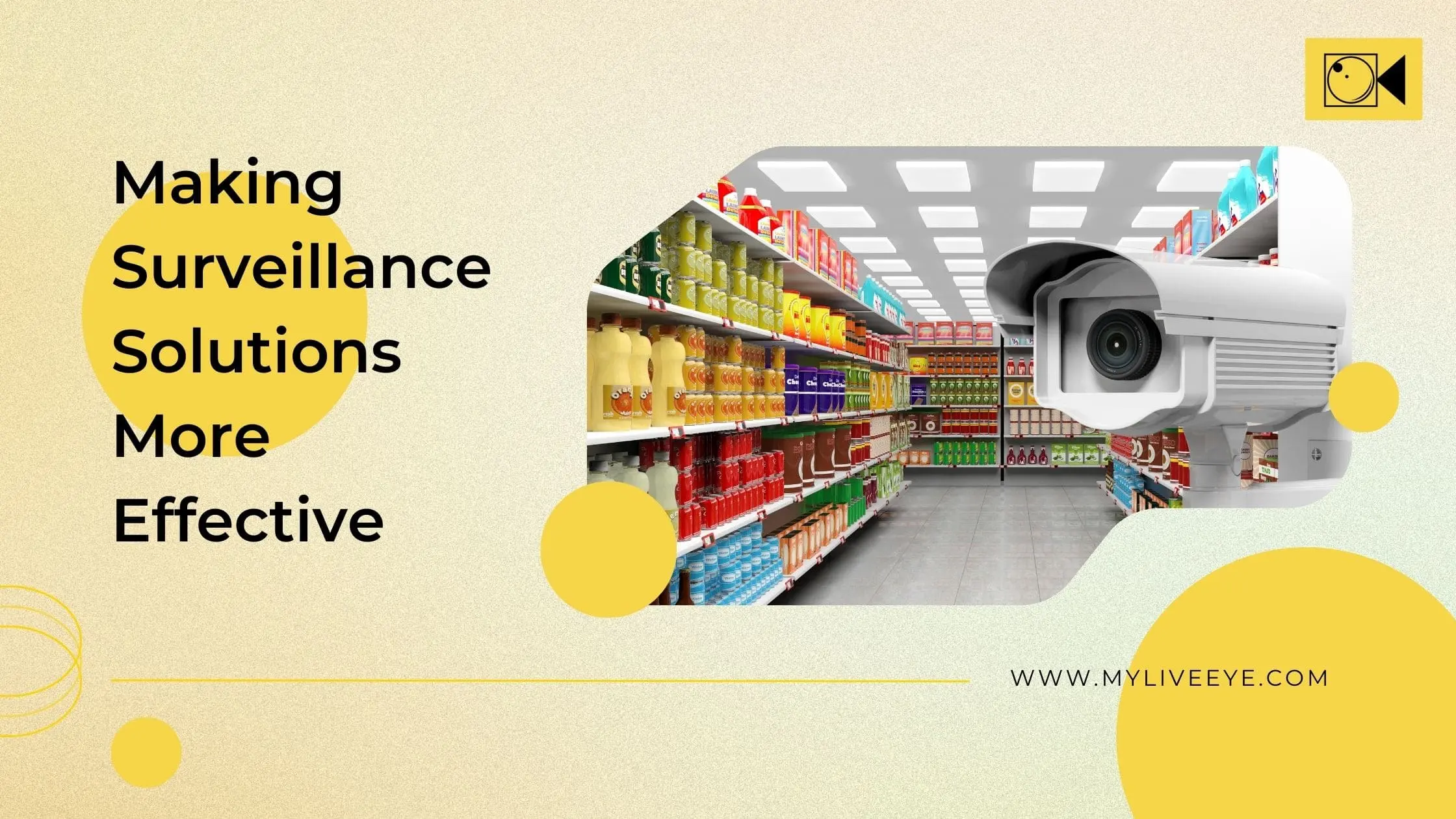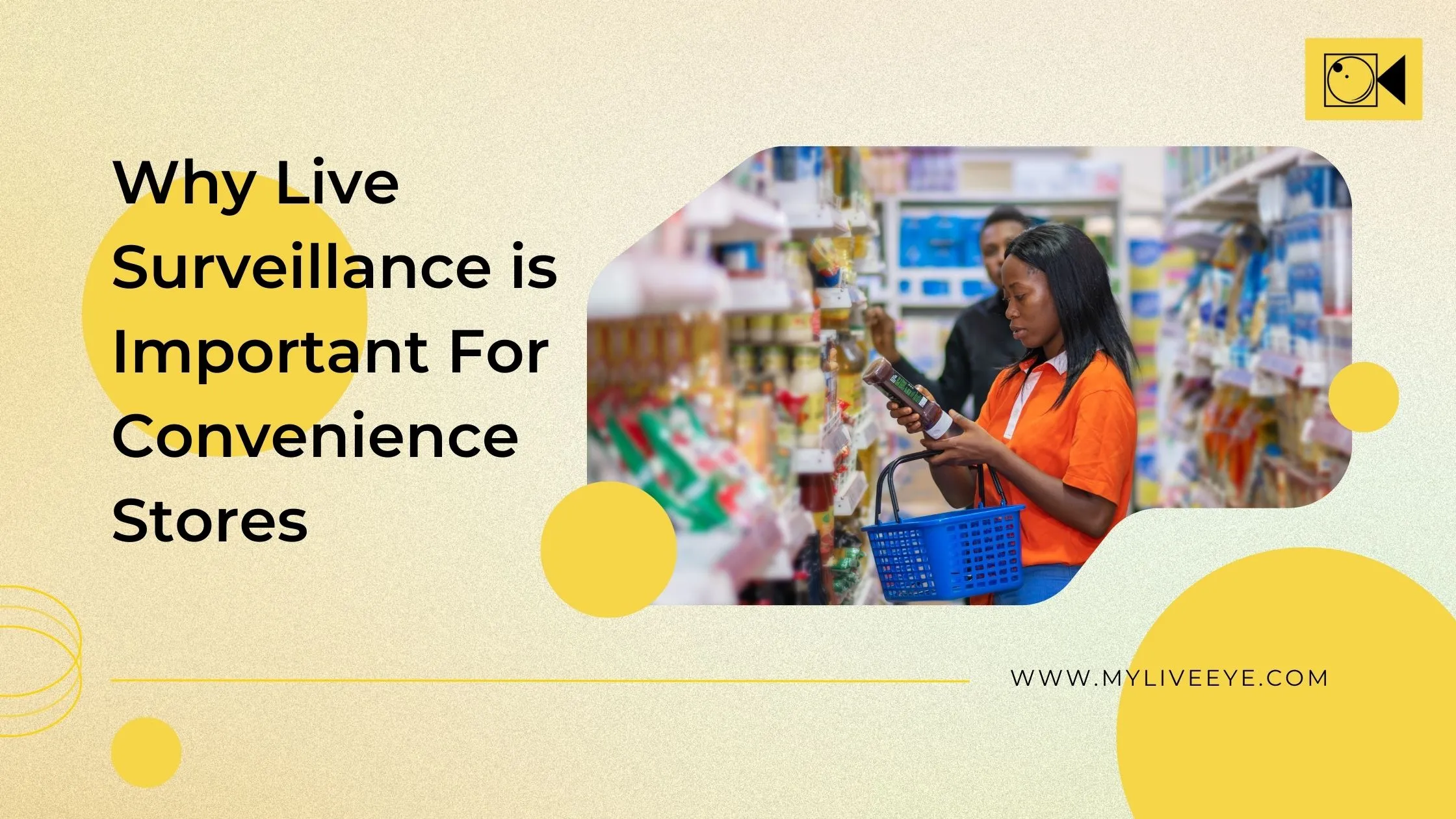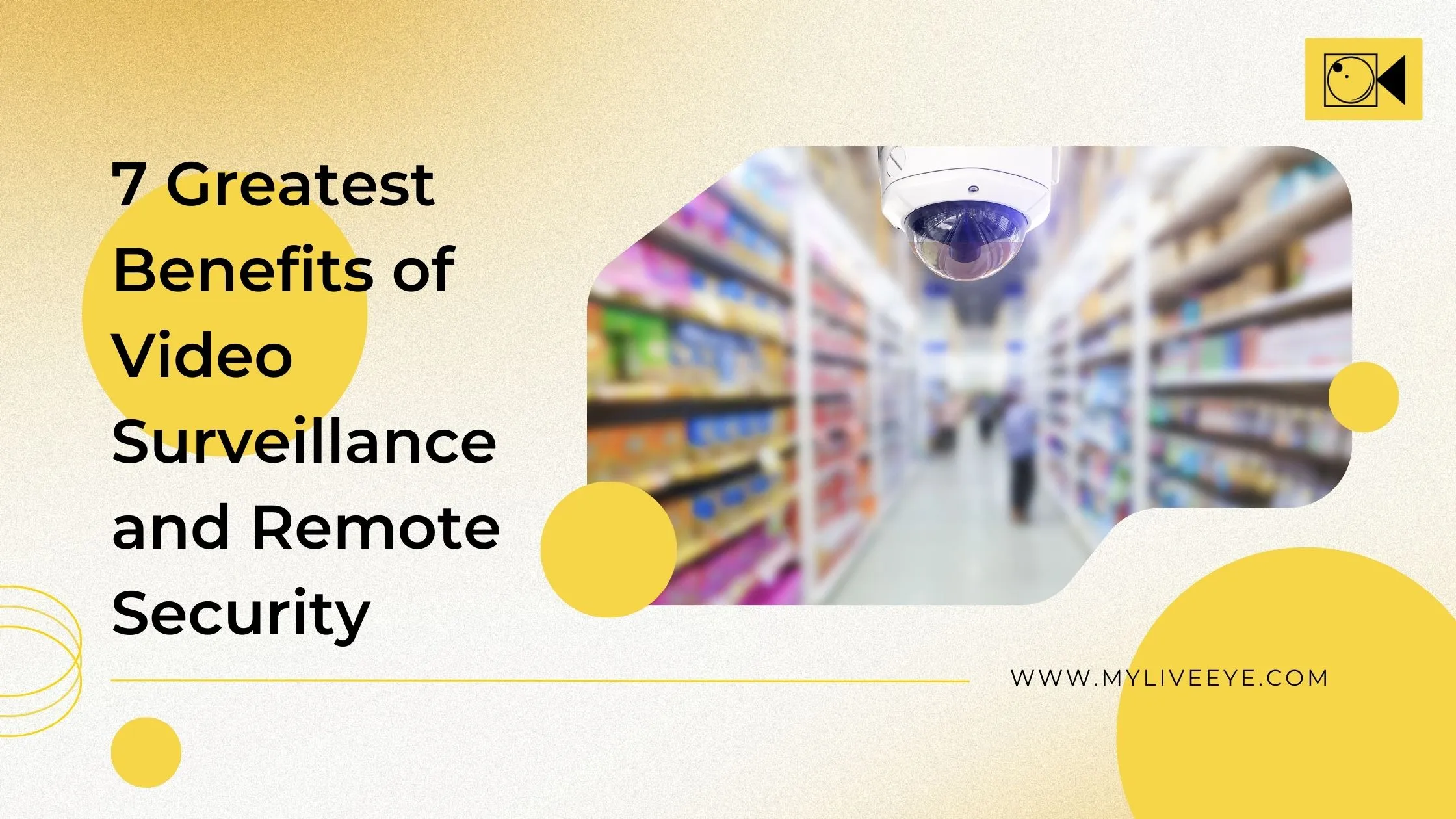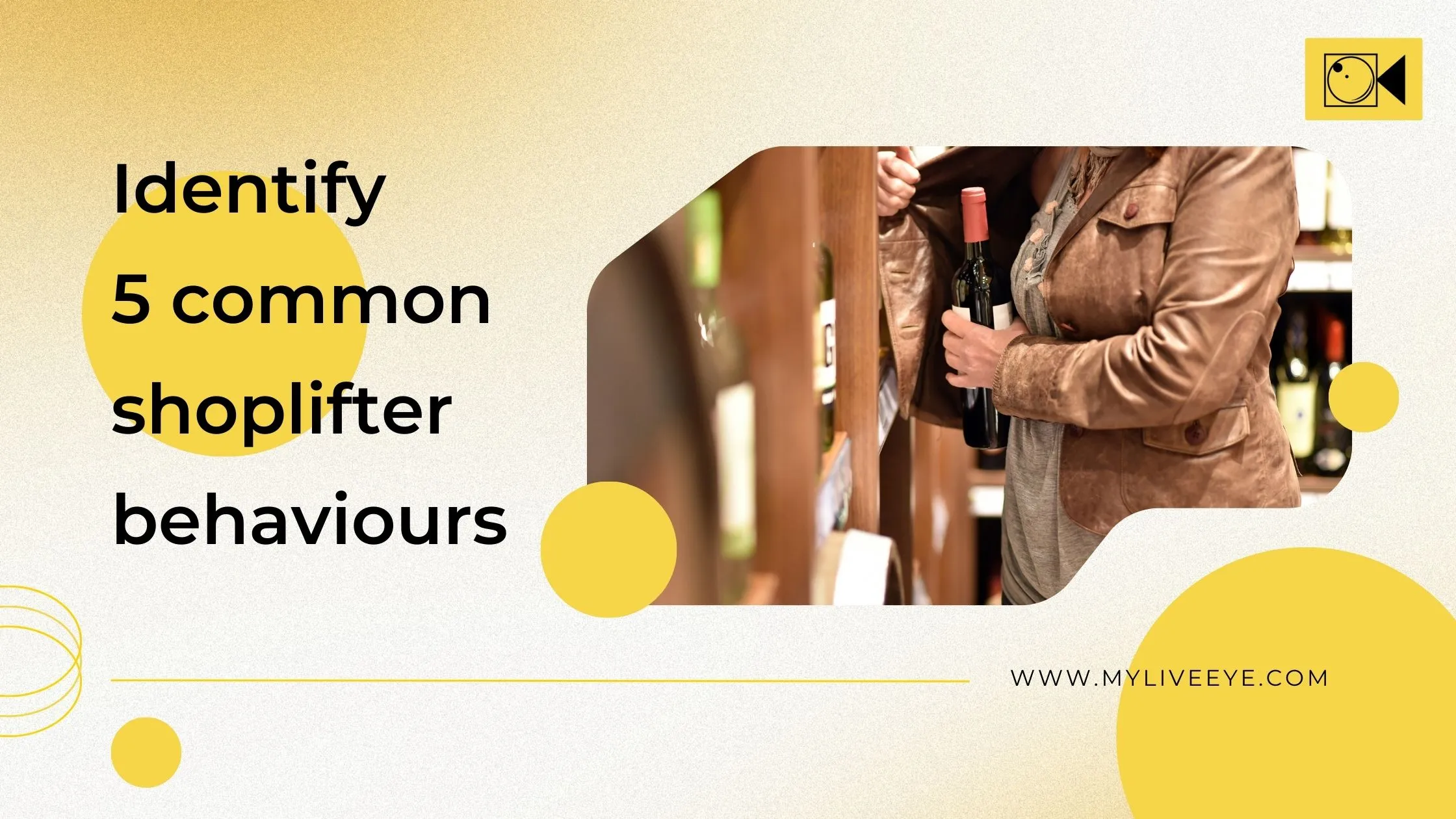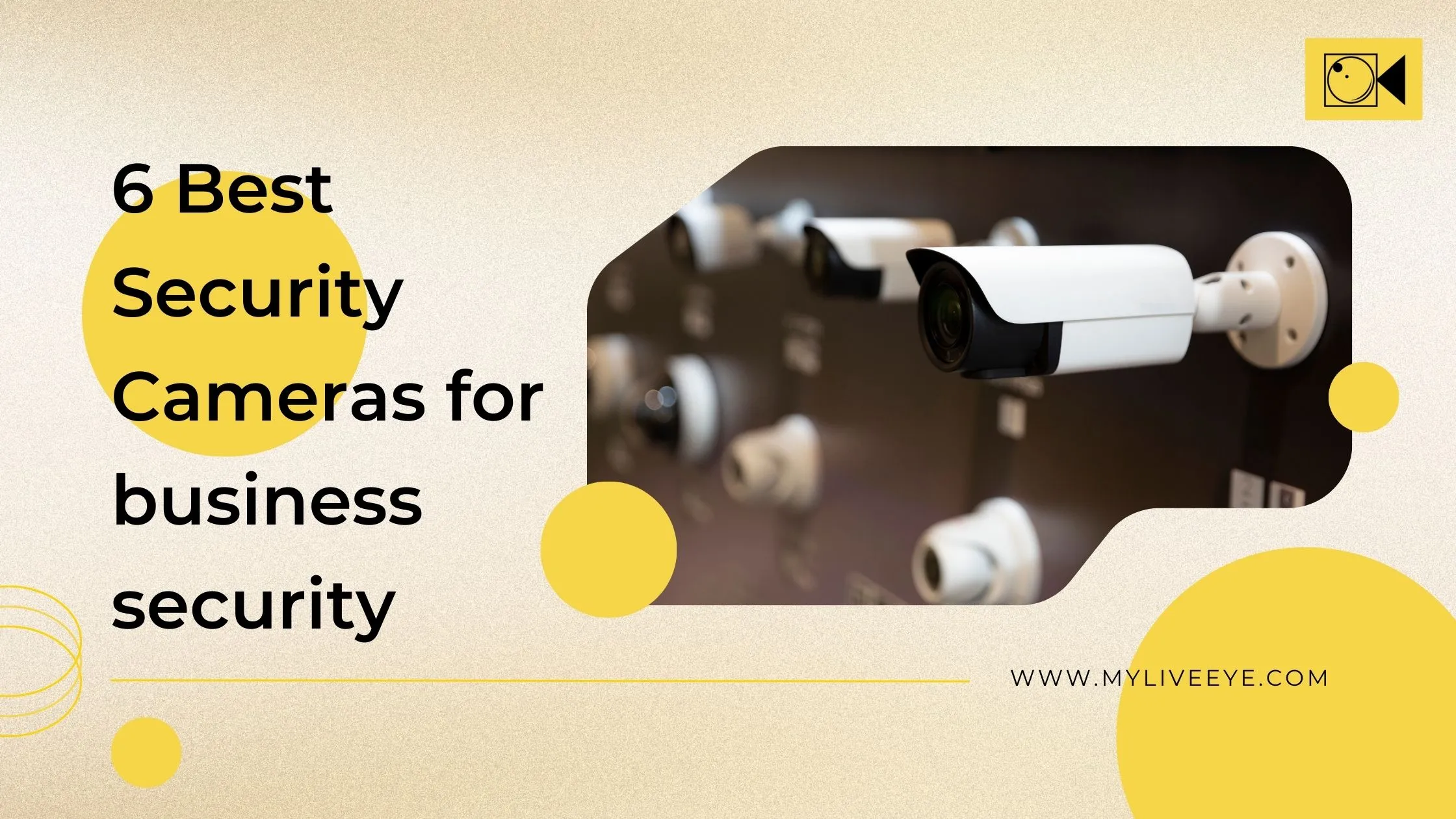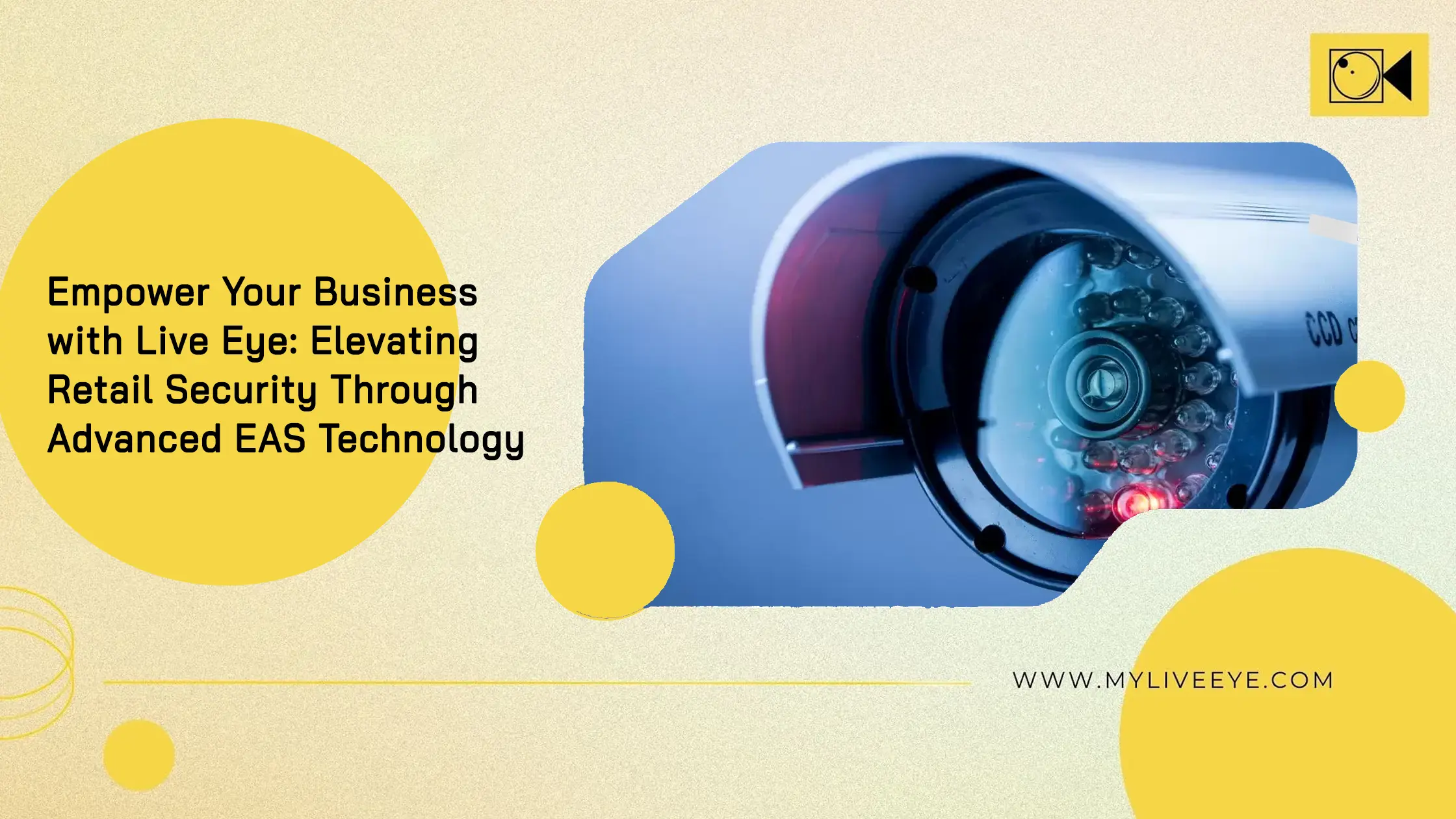
Understanding Electronic Article Surveillance (EAS) Systems (USA)
Welcome to Live Eye, where we believe in securing what matters most to you. In the dynamic landscape of retail, preventing theft and ensuring the safety of your merchandise is paramount. One of the most effective tools in the arsenal of modern retail security is Electronic Article Surveillance (EAS) systems. In this blog post, we will explore the nuances of EAS technology in American retail chains, delve into the legal and regulatory considerations surrounding EAS in the USA, and showcase inspiring success stories of EAS implementations in U.S. stores.
EAS Technology in American Retail Chains
EAS systems are prevalent in American retail chains, providing a crucial line of defence against
shoplifting and internal theft. These systems consist of three main components: security tags,
deactivators, and alarms. Security tags, attached to merchandise, trigger an alarm if not
deactivated upon purchase. Deactivators, usually found at store exits, neutralise the security
tags. If a tagged item passes through without deactivation, alarms sound, alerting store
personnel of potential theft.
EAS systems are prevalent in American retail chains, providing a crucial line of defence against
shoplifting and internal theft. These systems consist of three main components: security tags,
deactivators, and alarms. Security tags, attached to merchandise, trigger an alarm if not
deactivated upon purchase. Deactivators, usually found at store exits, neutralise the security
tags. If a tagged item passes through without deactivation, alarms sound, alerting store
personnel of potential theft.
Legal and Regulatory Considerations for EAS in the USA
Operating EAS systems in the USA requires adherence to legal and regulatory frameworks.
The Federal Communications Commission (FCC) regulates the frequencies used by RF EAS
systems to prevent interference with other wireless devices. Retailers must comply with these
regulations to maintain the effectiveness of their EAS systems.
Additionally, individual states may have specific laws governing the use of EAS technology.
Understanding these regulations is essential to ensure compliance. Generally, EAS systems
must respect customer privacy and adhere to anti-discrimination laws, striking a balance
between security and individual rights.
Success Stories of EAS Implementations in U.S. Stores
EAS systems have proven instrumental in reducing theft and safeguarding merchandise in U.S.
retailers. One notable success story comes from a national clothing chain that implemented
EAS technology across its stores. By strategically placing security tags on high-value items
and integrating RF EAS systems at store exits, the chain experienced a significant decrease in
theft incidents. This not only protected their assets but also contributed to a safer shopping
environment for customers.
other success story involves a popular electronics retailer. Facing challenges with high-value products frequently disappearing, they deployed AM EAS systems coupled with
advanced security tags. This implementation led to a remarkable reduction in theft, allowing
the retailer to focus on enhancing customer experience and expanding their product offerings.
~PAA Questions~
How widely are EAS systems used in American retail stores?
EAS systems are extensively used in American retail stores, ranging from small businesses to large national chains. Their effectiveness in deterring theft has made them a staple in the retail security landscape, providing a reliable solution for businesses of all sizes.
Are there specific laws governing EAS use in the USA?
Yes, the use of EAS technology in the USA is regulated by the Federal Communications Commission (FCC) to prevent interference with other wireless devices. Additionally, individual states may have specific laws related to EAS systems, ensuring that they operate within legal boundaries and respect customer privacy rights.
Can you share examples of EAS systems reducing theft in U.S. retailers?
One inspiring example comes from a national clothing chain that implemented EAS technology. By strategically placing security tags on high-value items and integrating RF EAS systems at store exits, they experienced a significant decrease in theft incidents. Another success story involves a popular electronics retailer that deployed AM EAS systems coupled with advanced security tags, leading to a remarkable reduction in theft and enabling the retailer to focus on enhancing customer experience.
~~Conclusion~~
In conclusion, Electronic Article Surveillance (EAS) systems play a pivotal role in safeguarding American retail stores. As technology continues to advance, these systems evolve, offering even greater security and peace of mind to retailers and customers alike. At Live Eye, we are dedicated to staying at the forefront of these advancements, ensuring that your business remains secure in an ever-changing world.
Also read: Remote Security Camera Systems: Enhancing Home Security in USA

